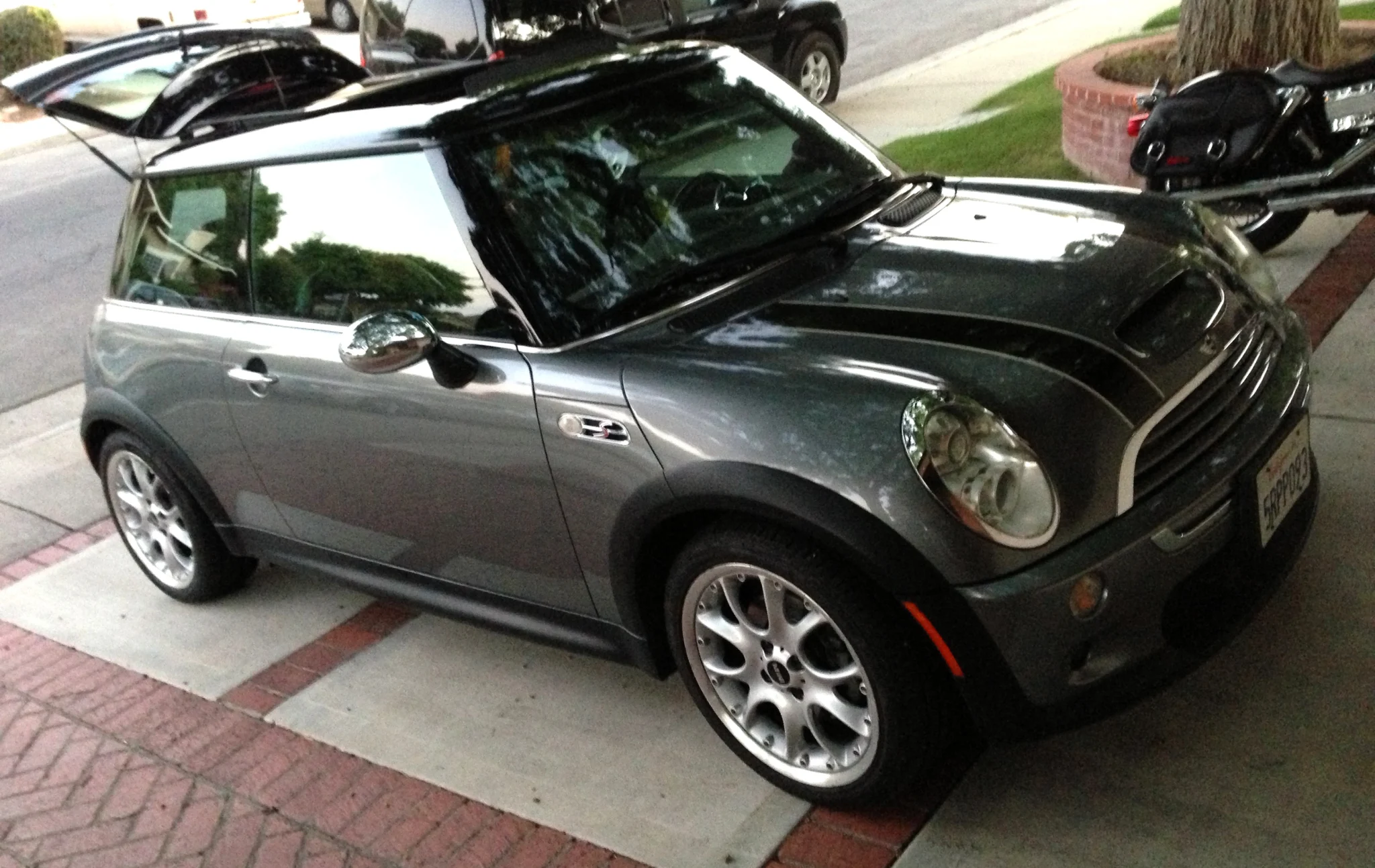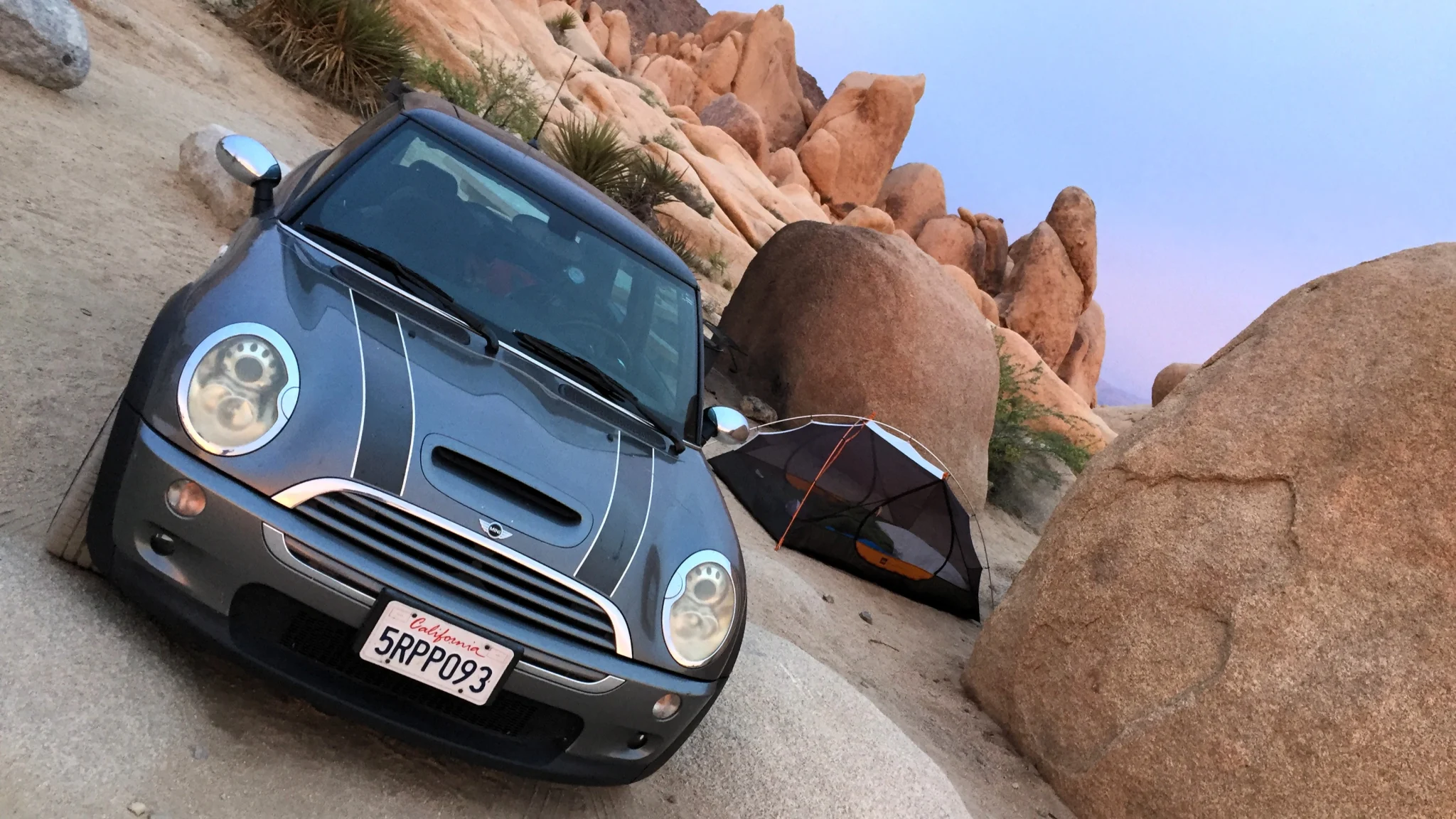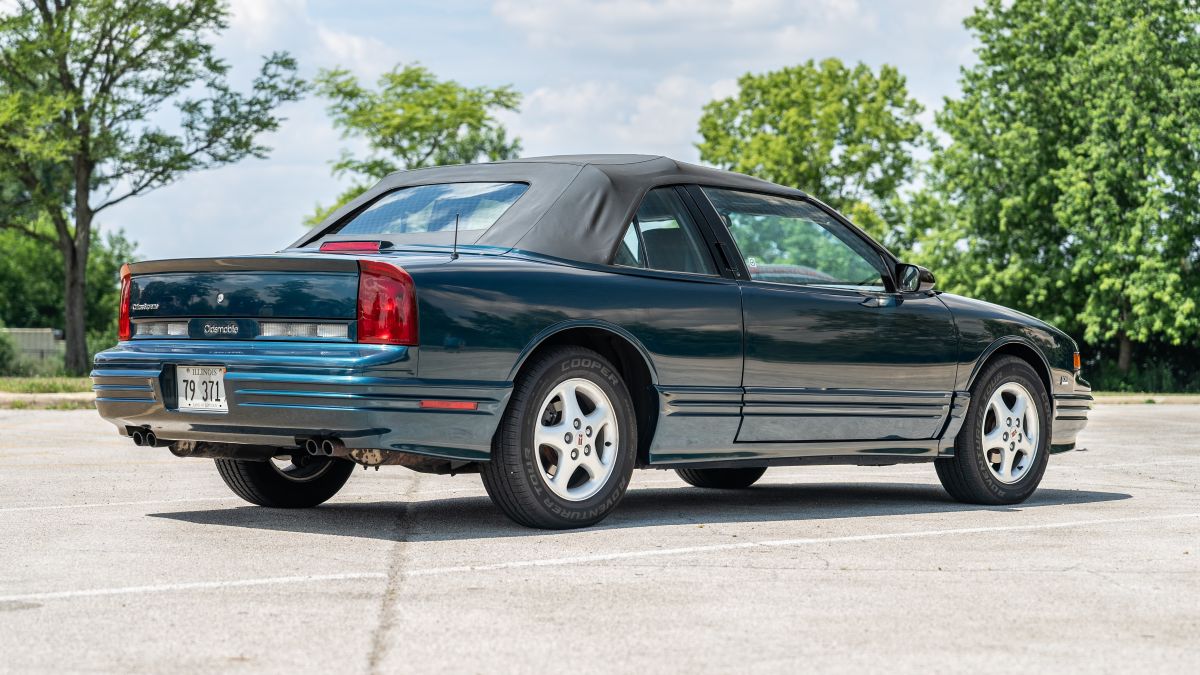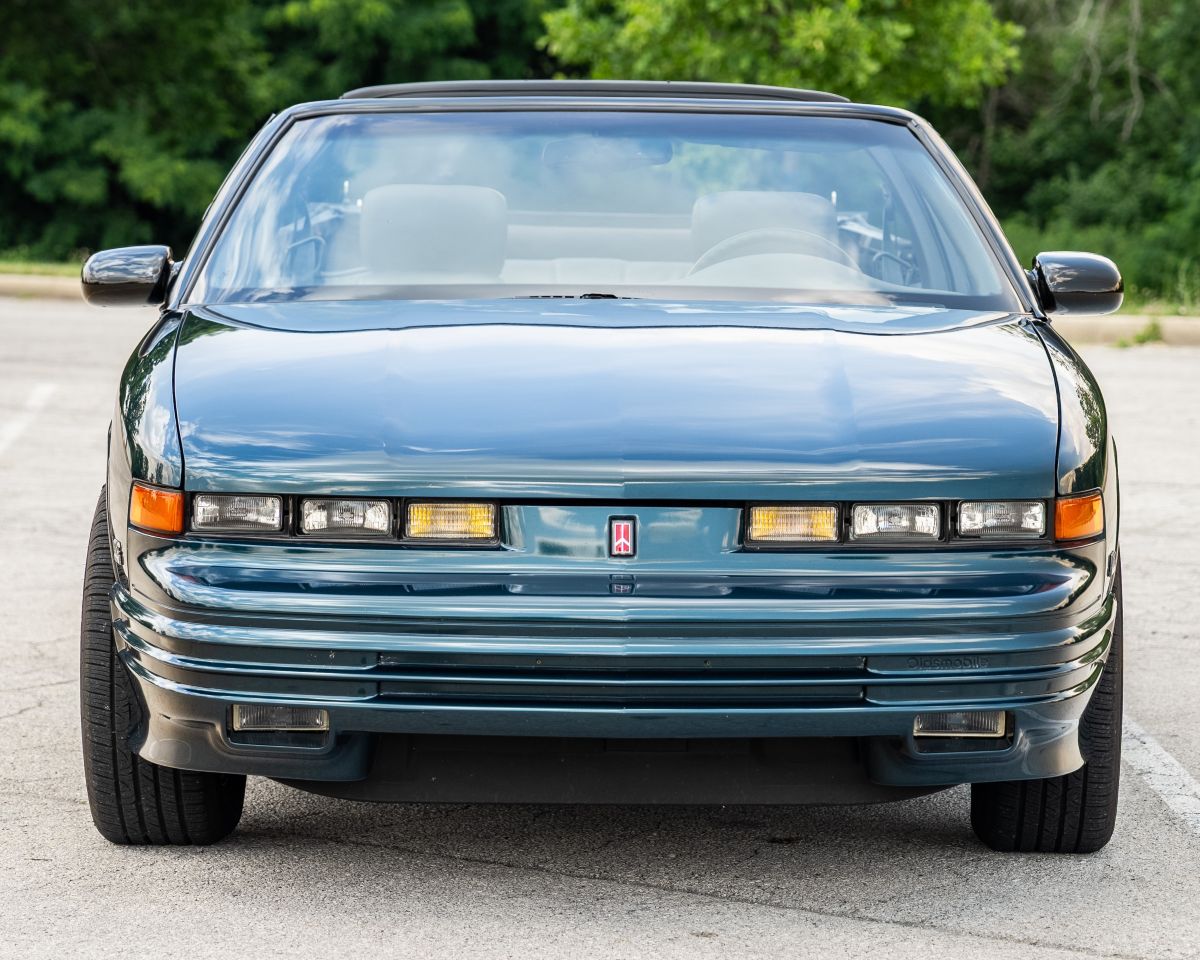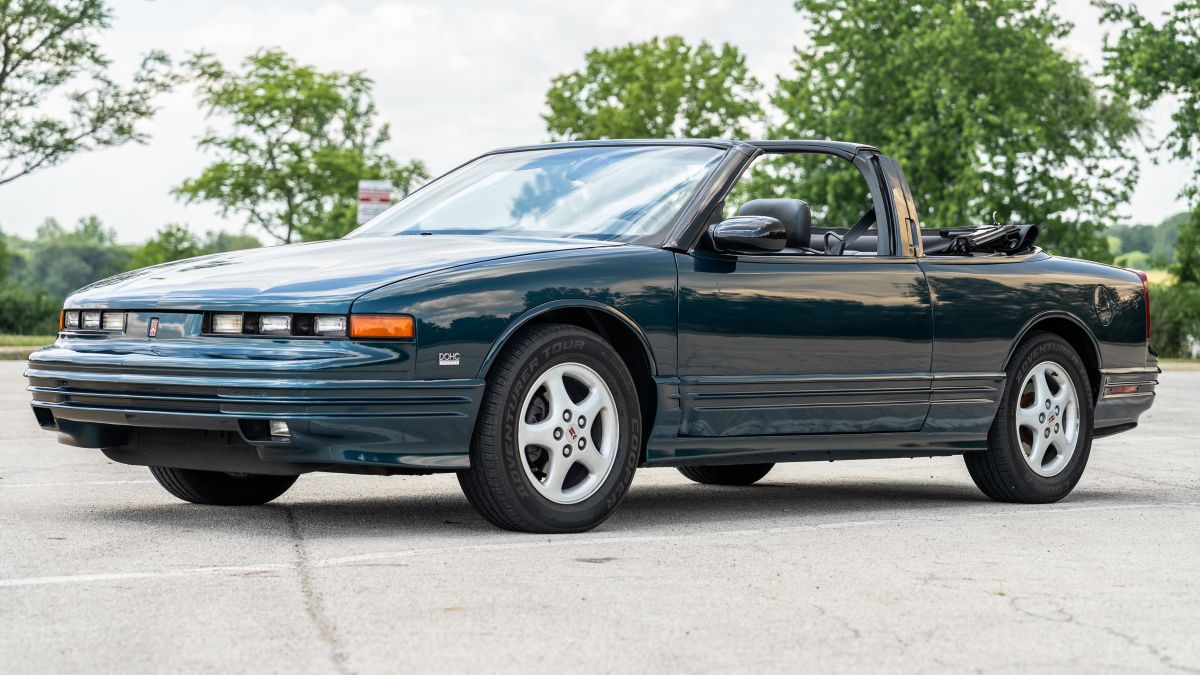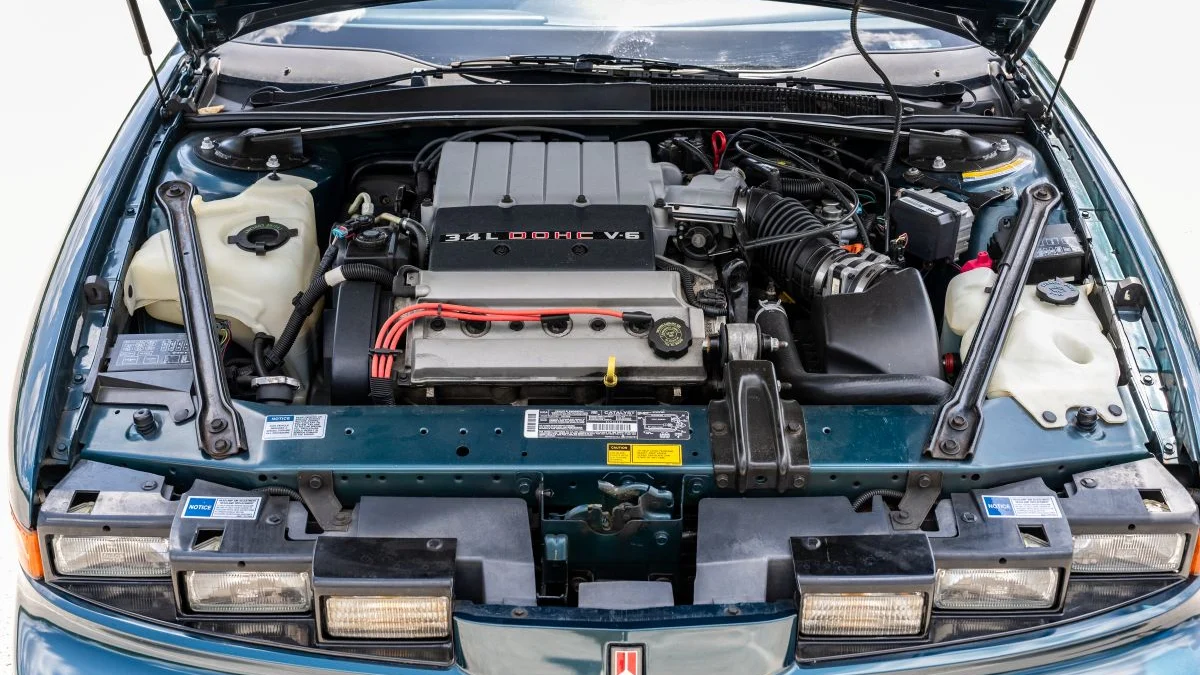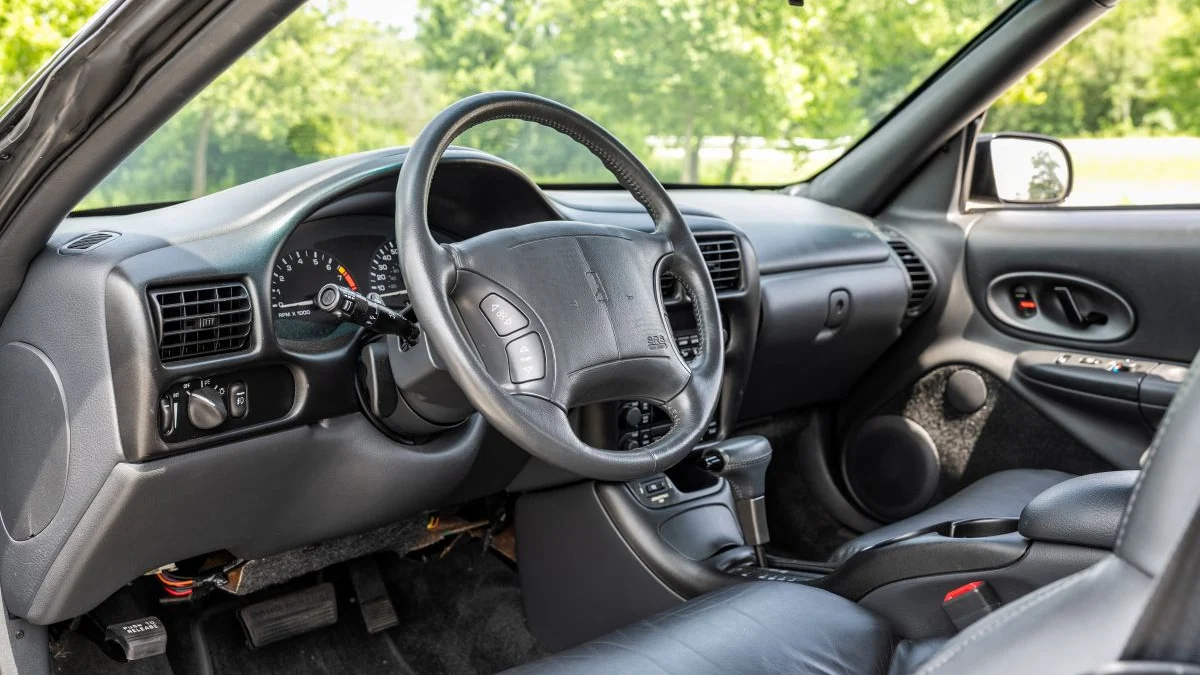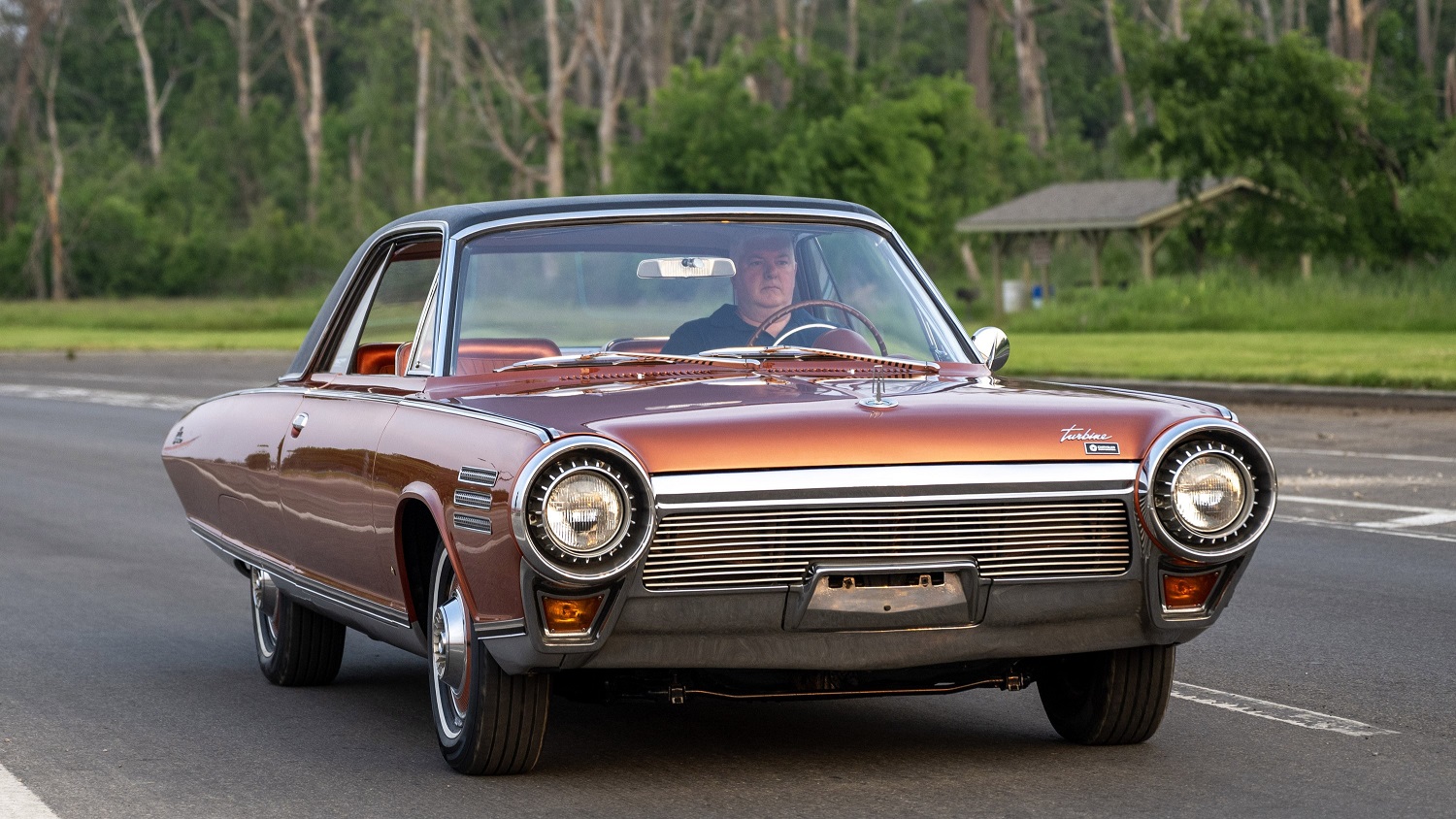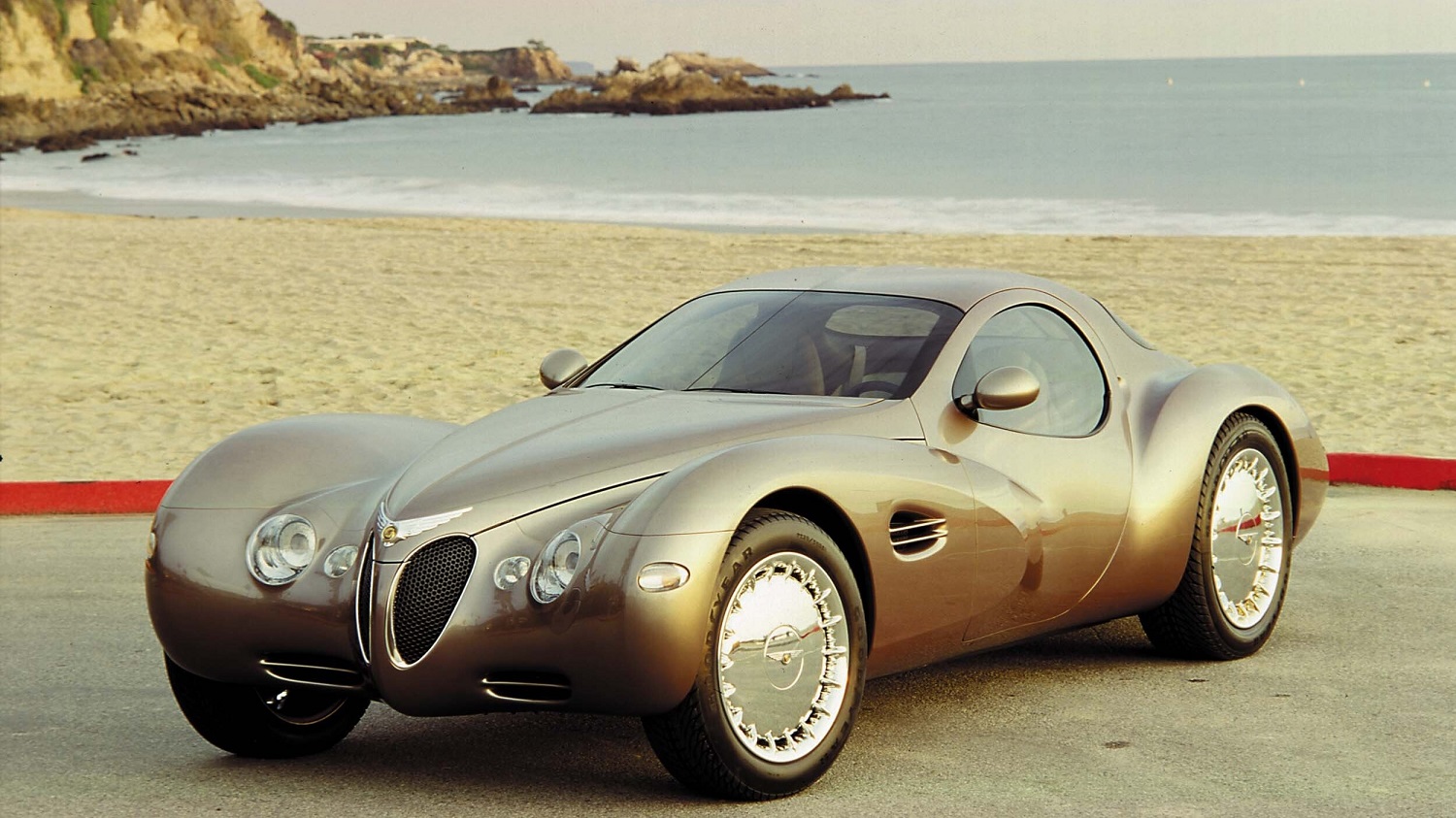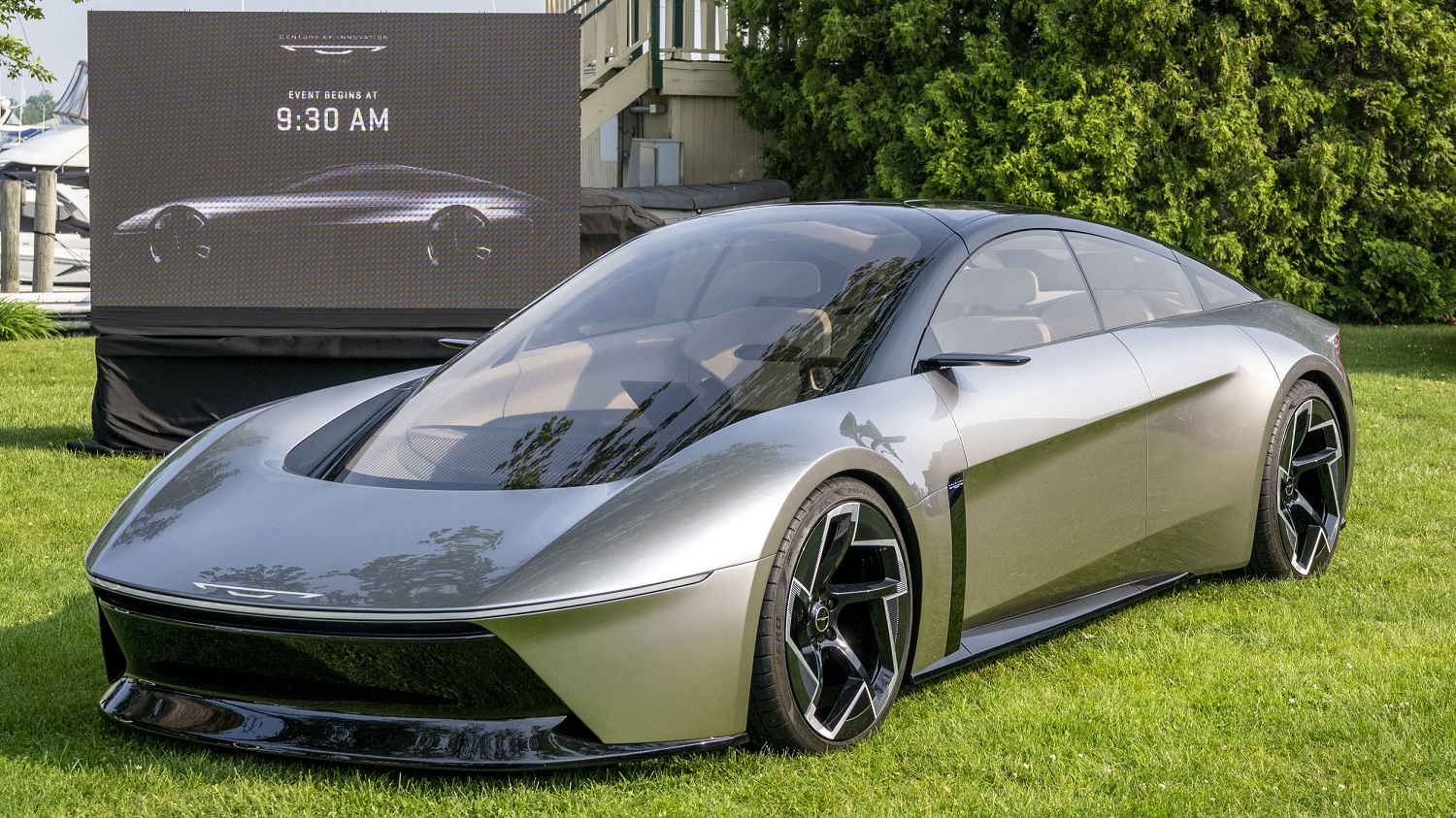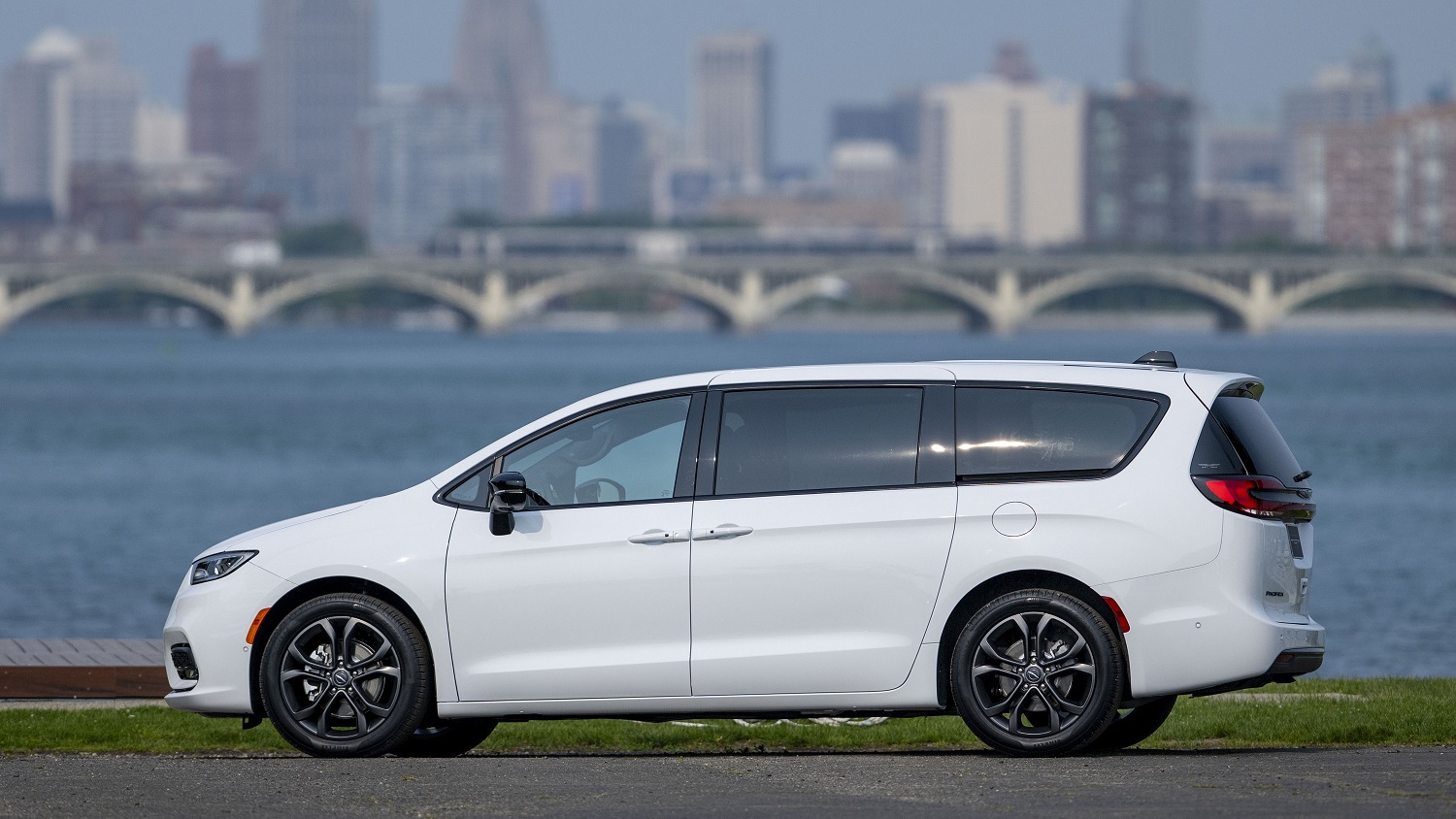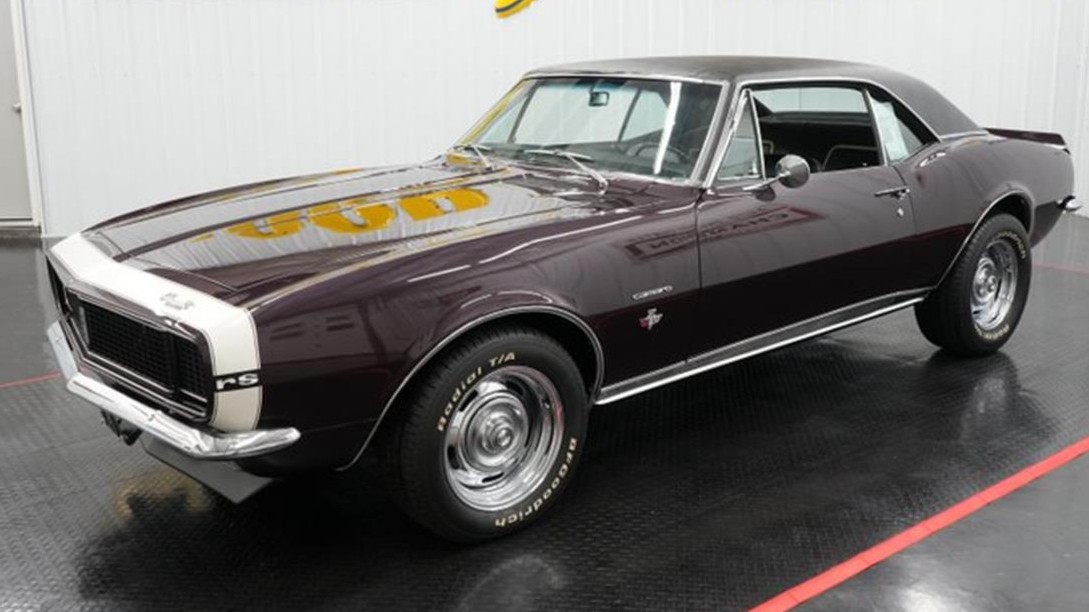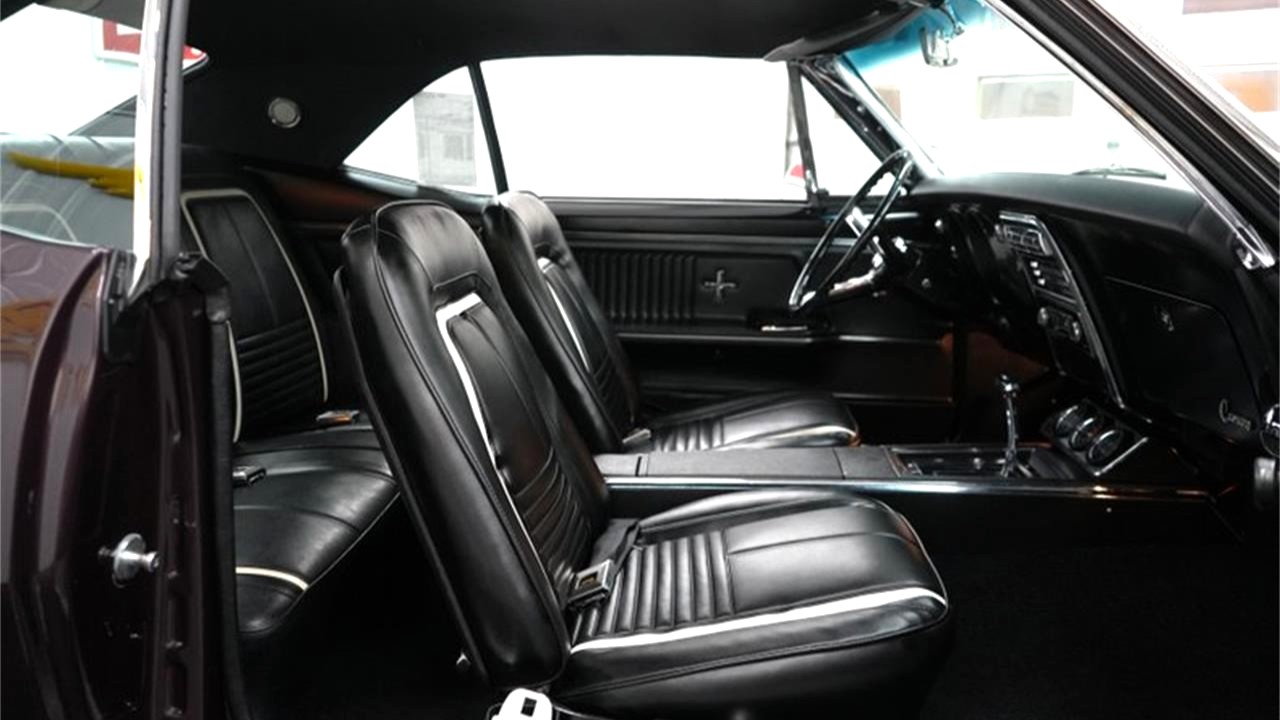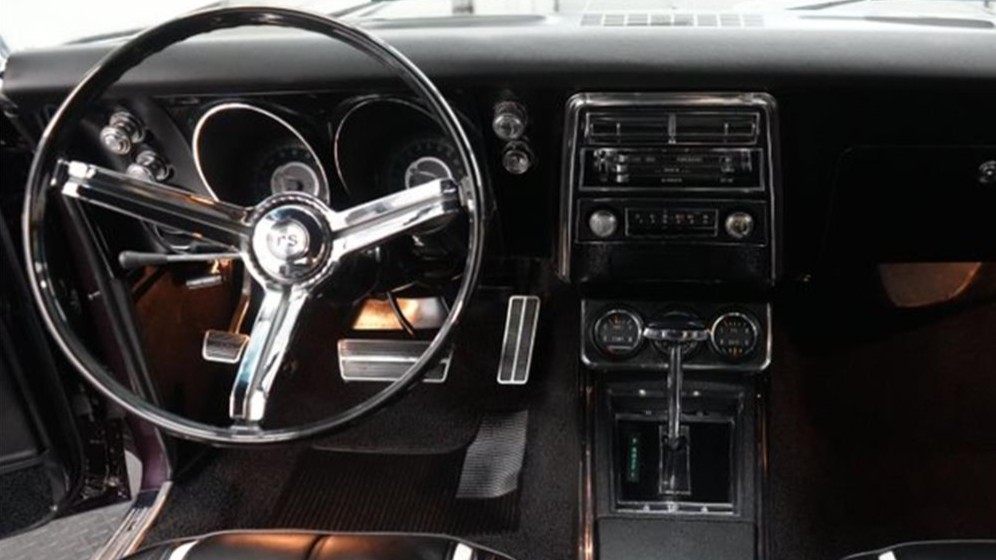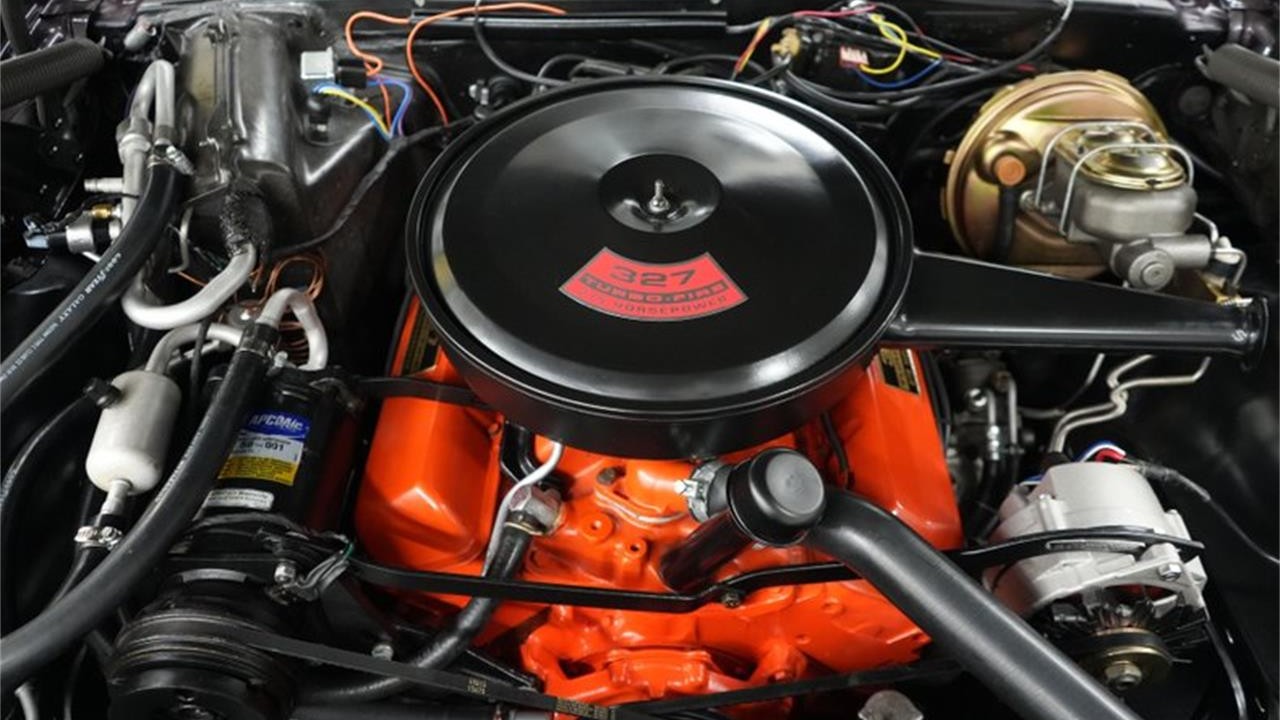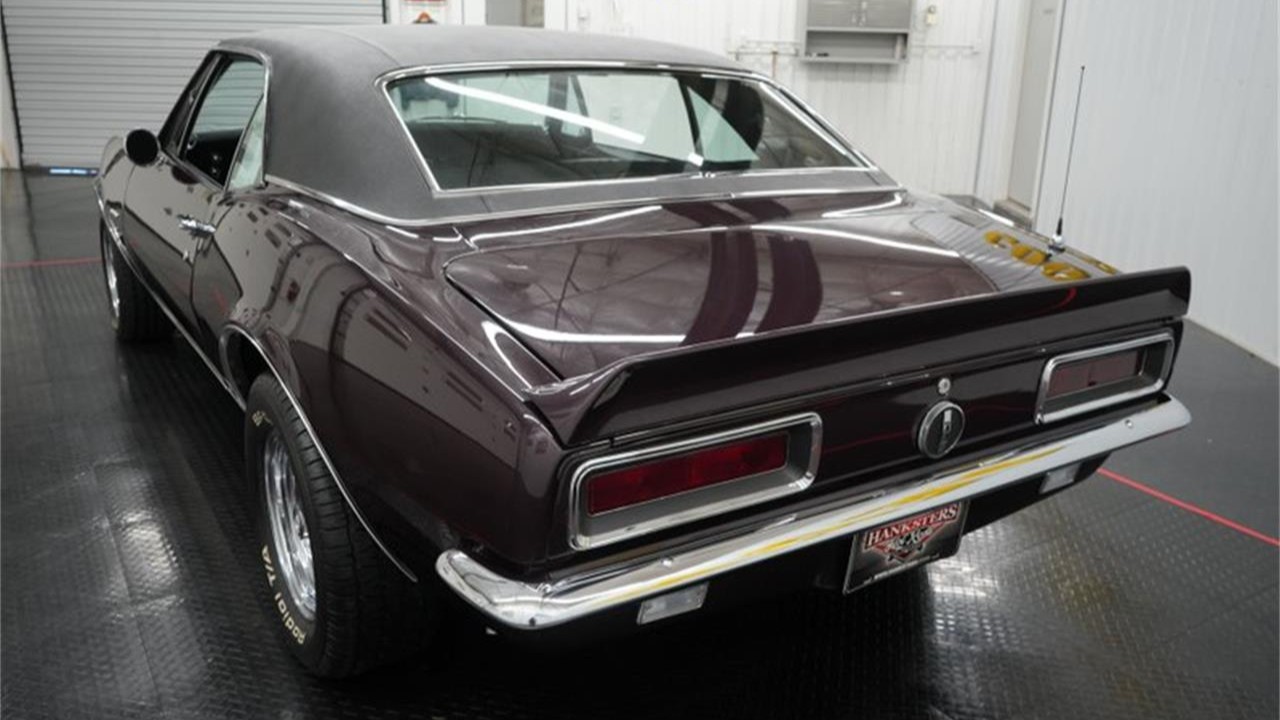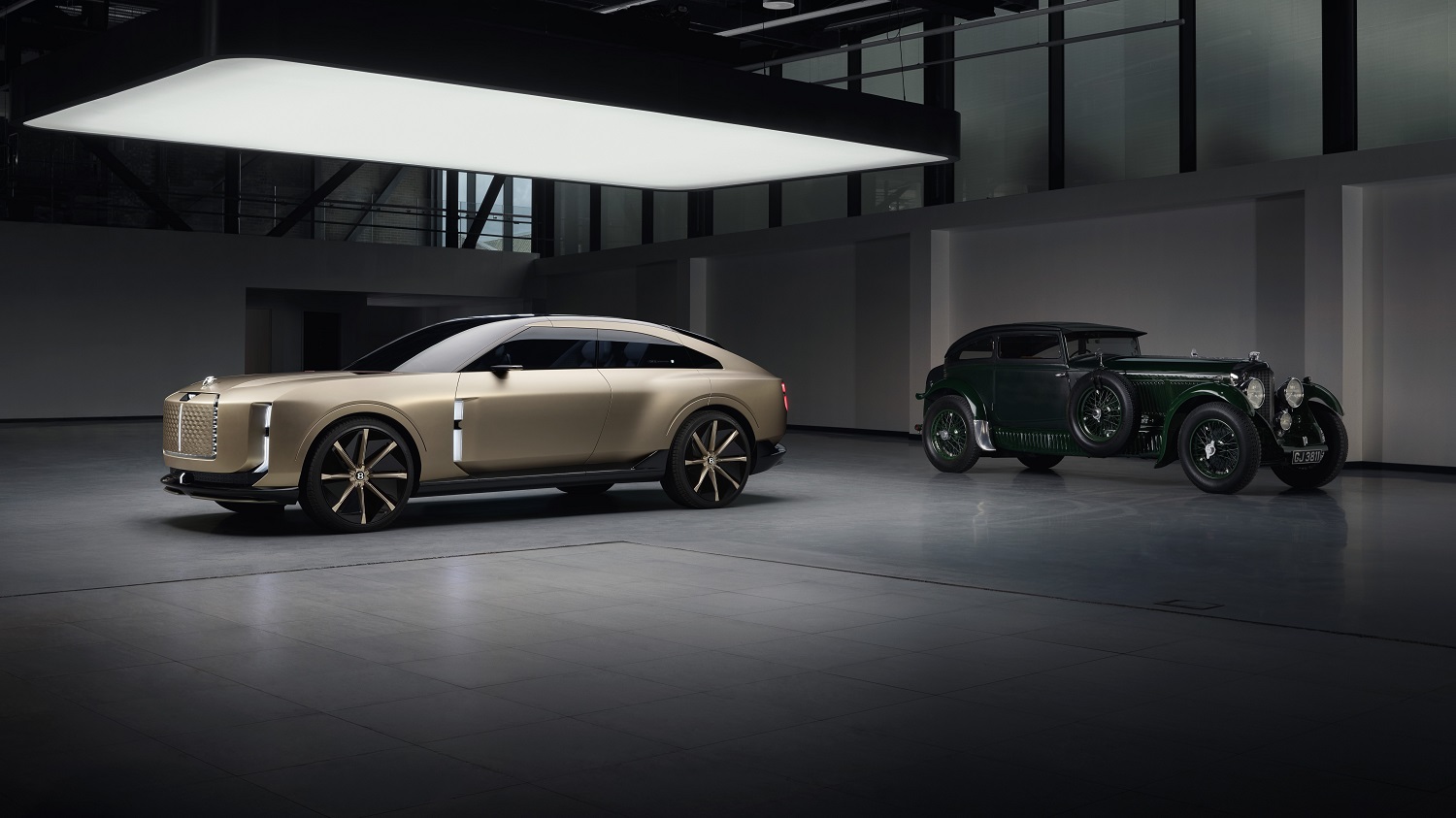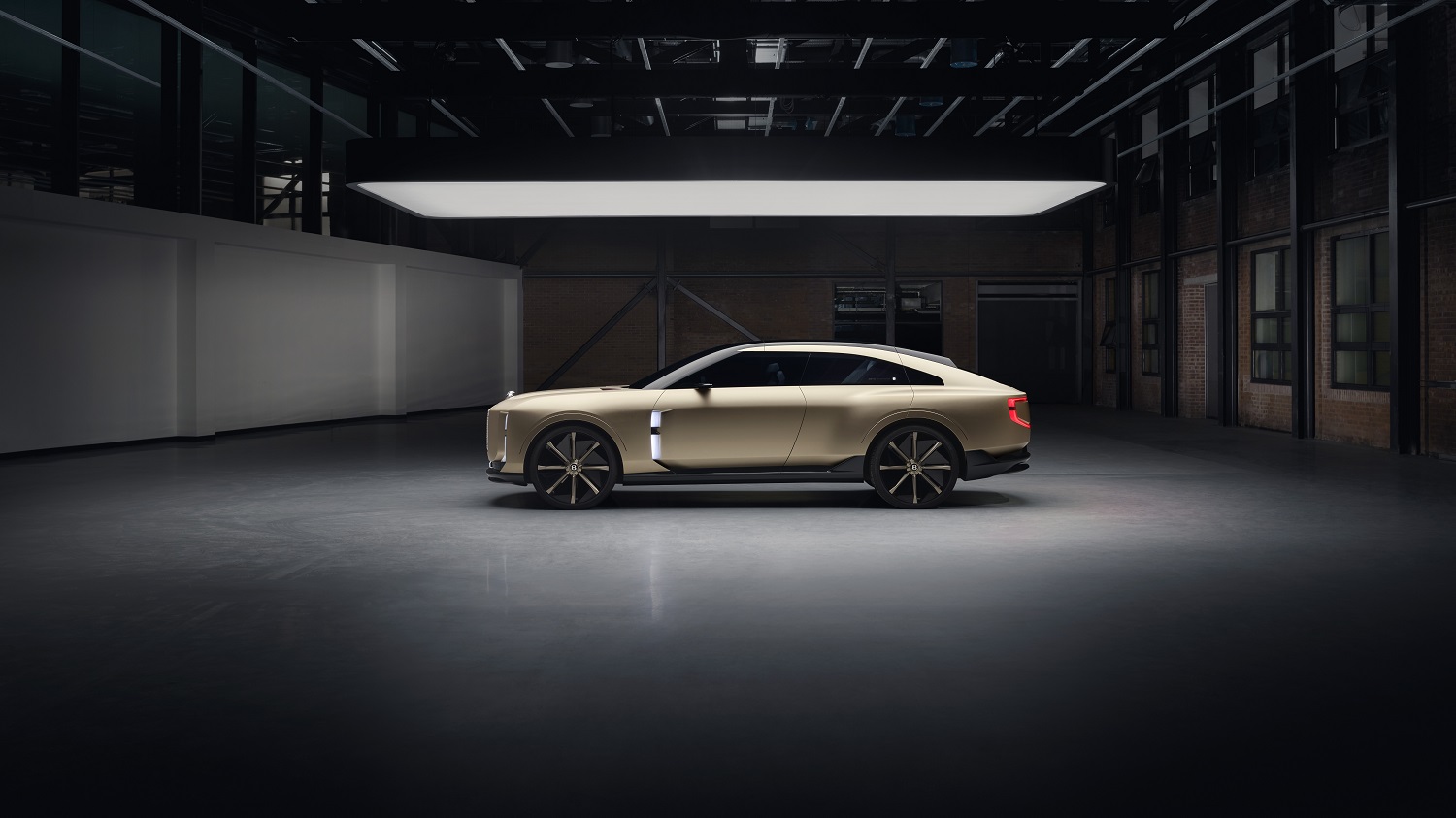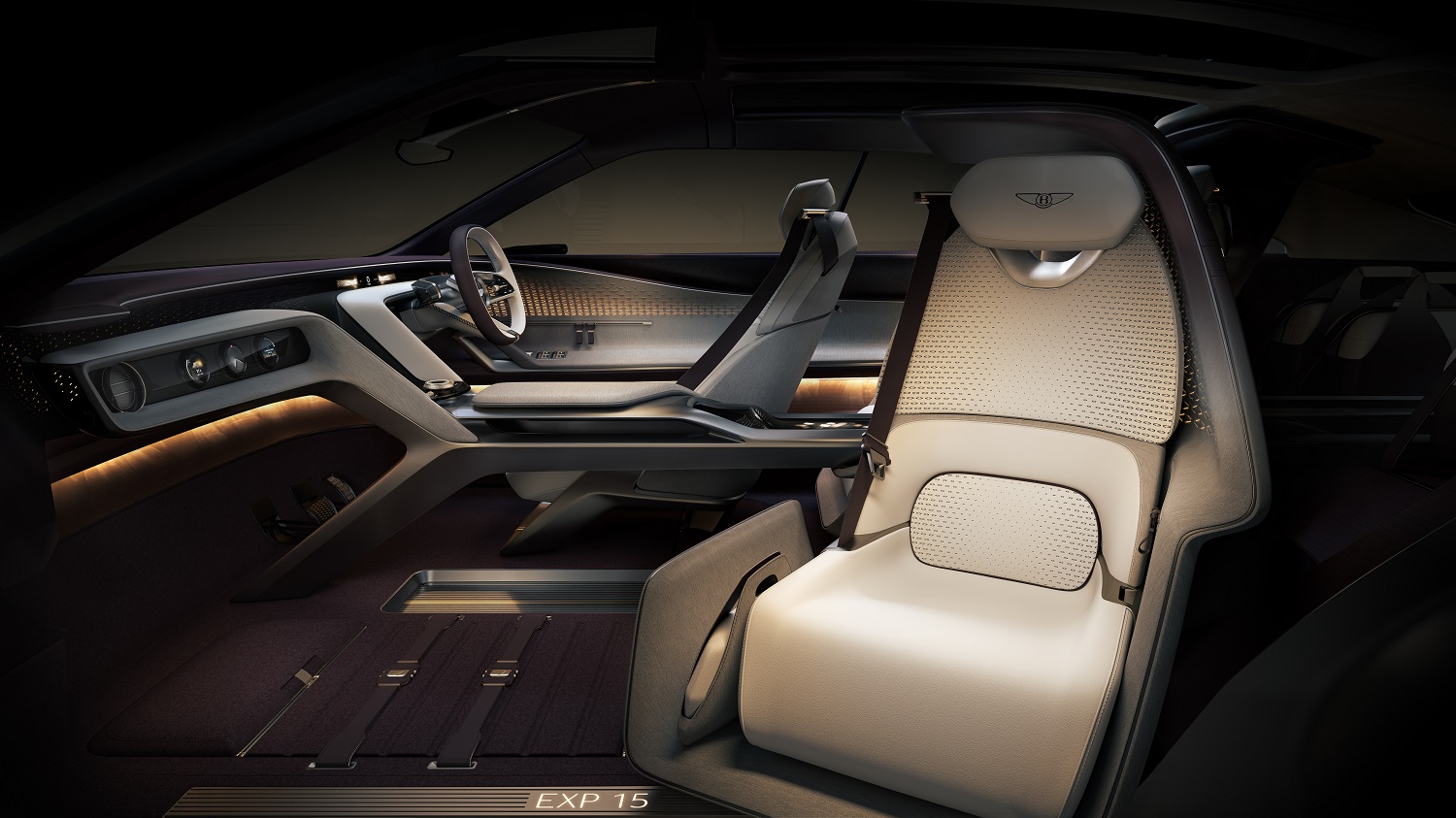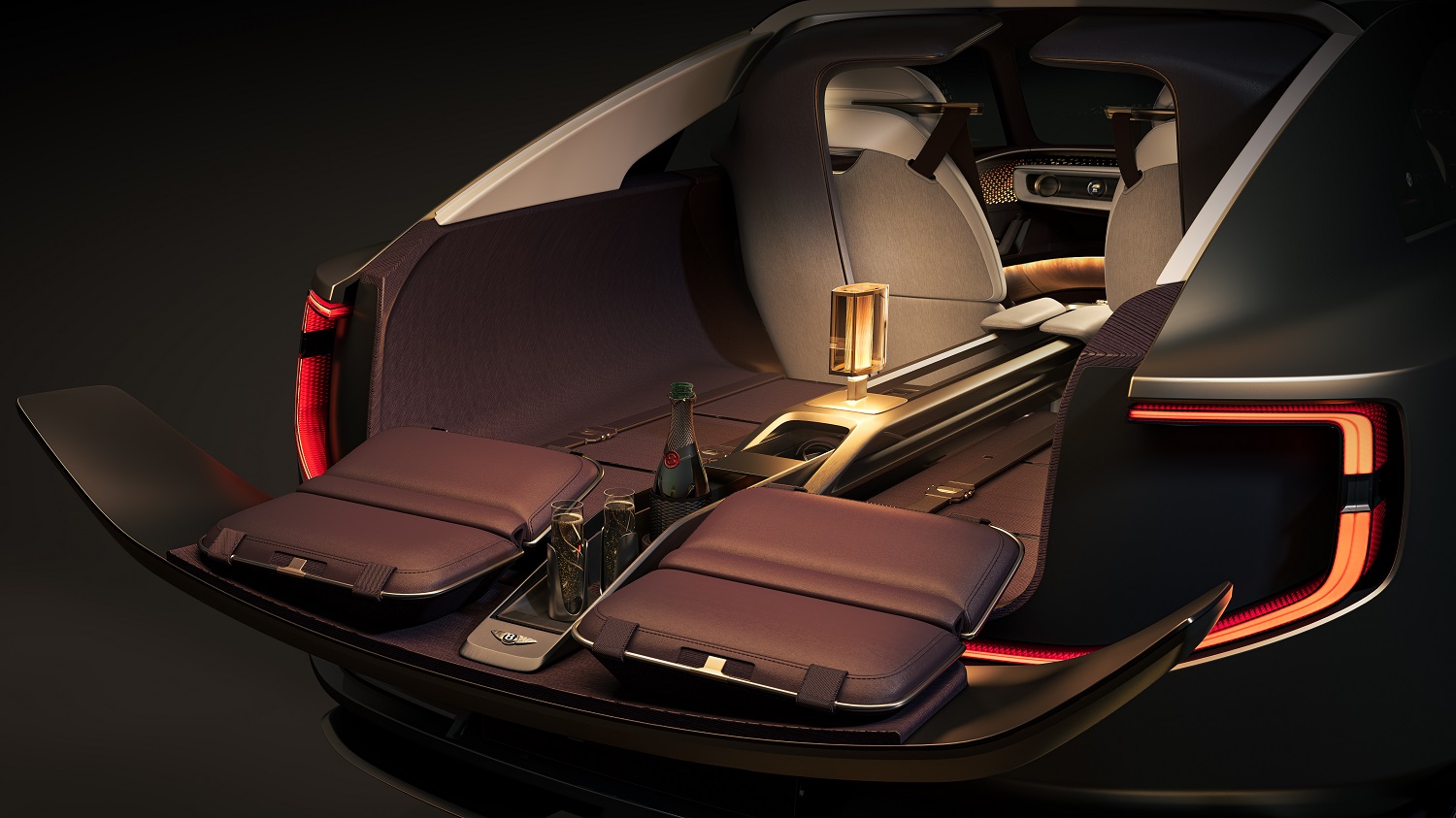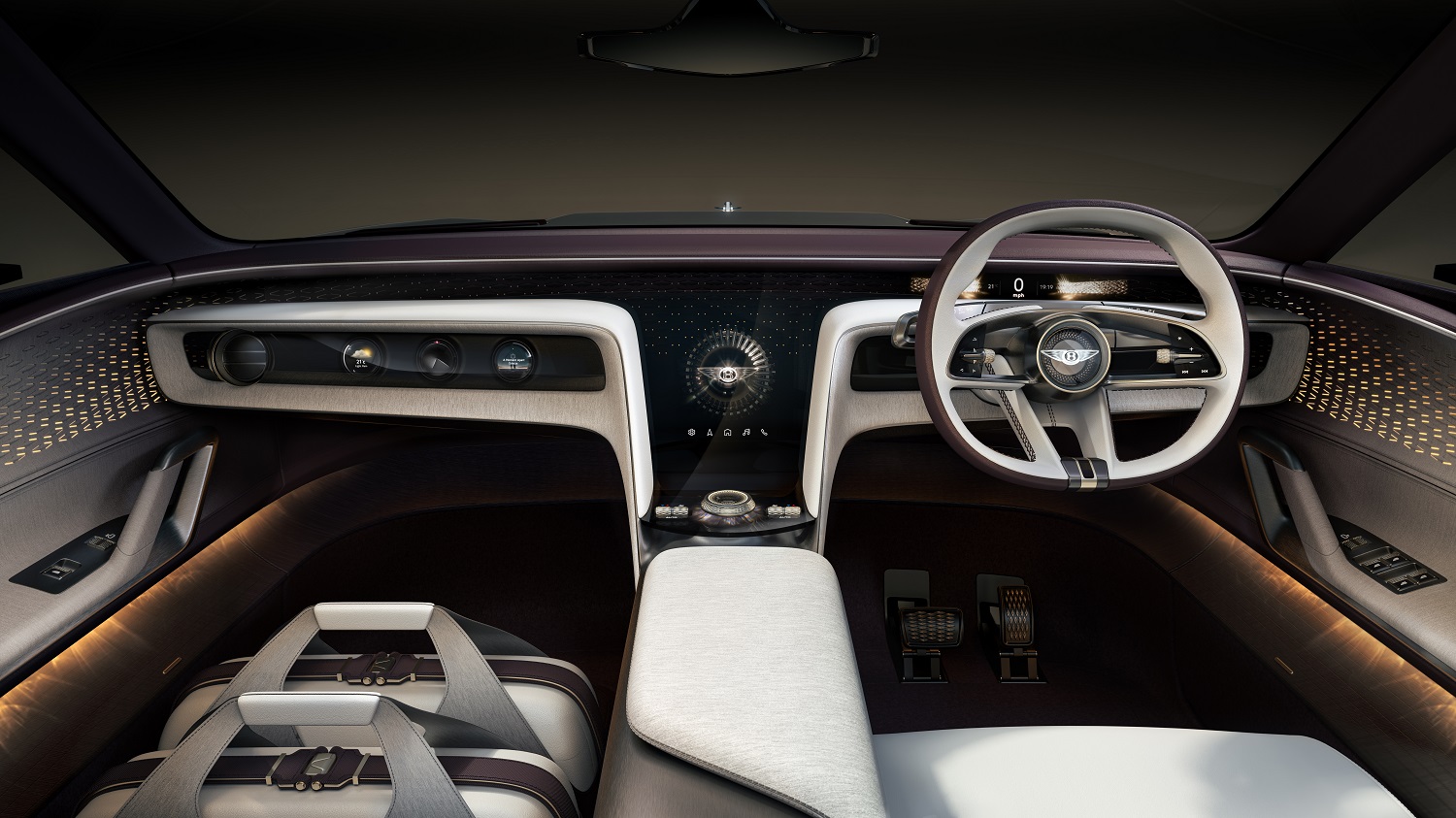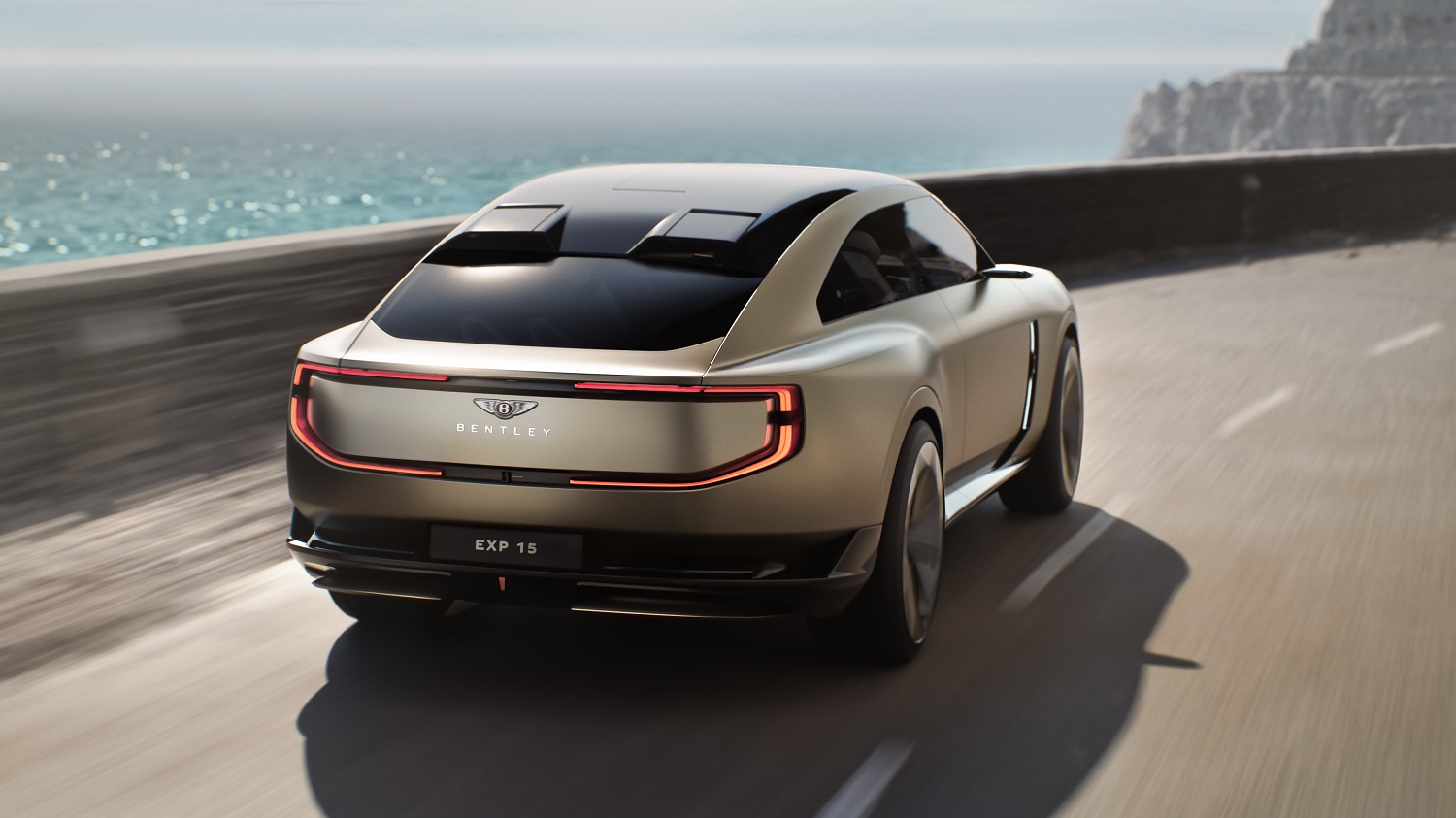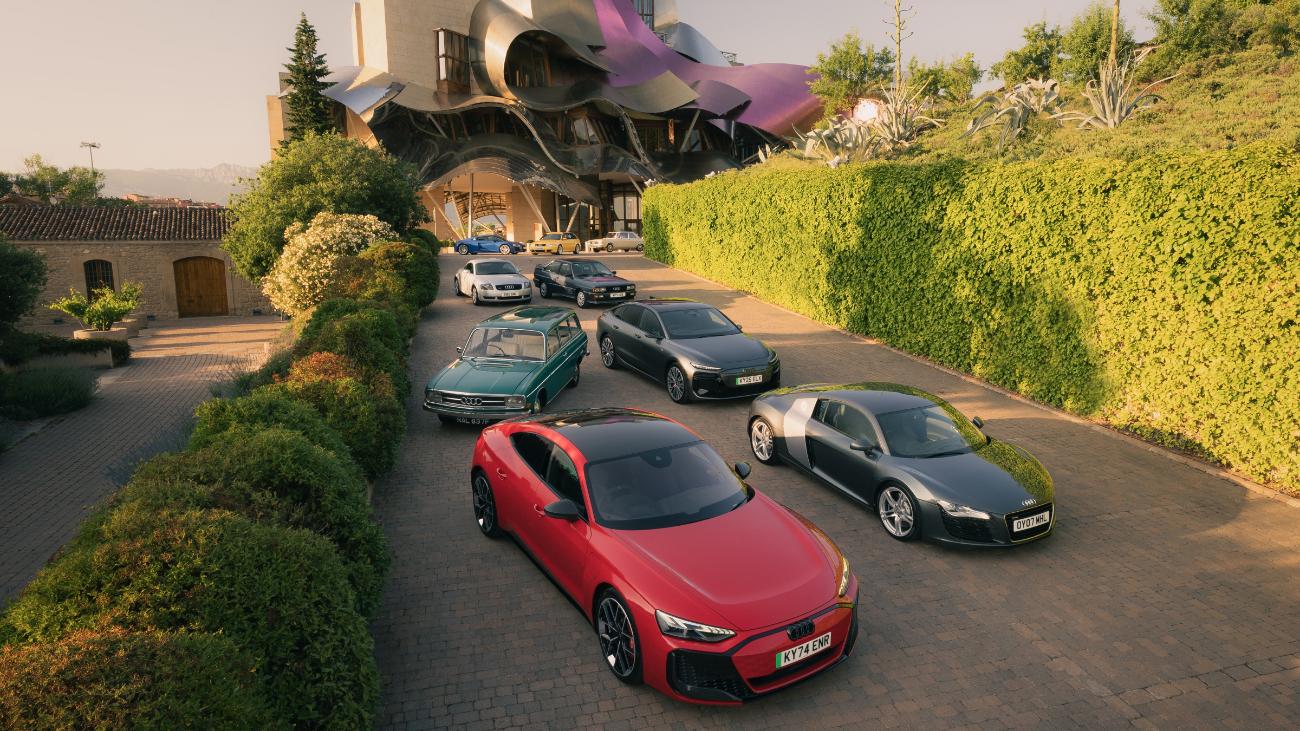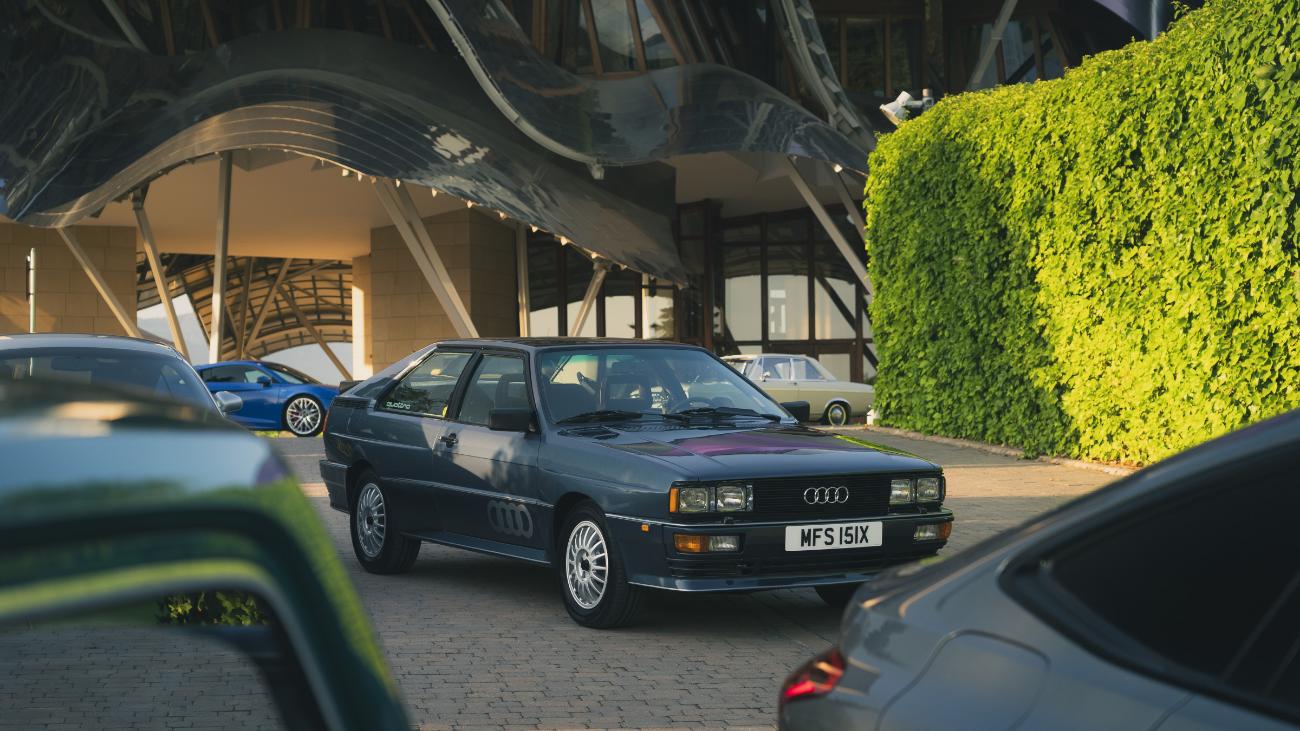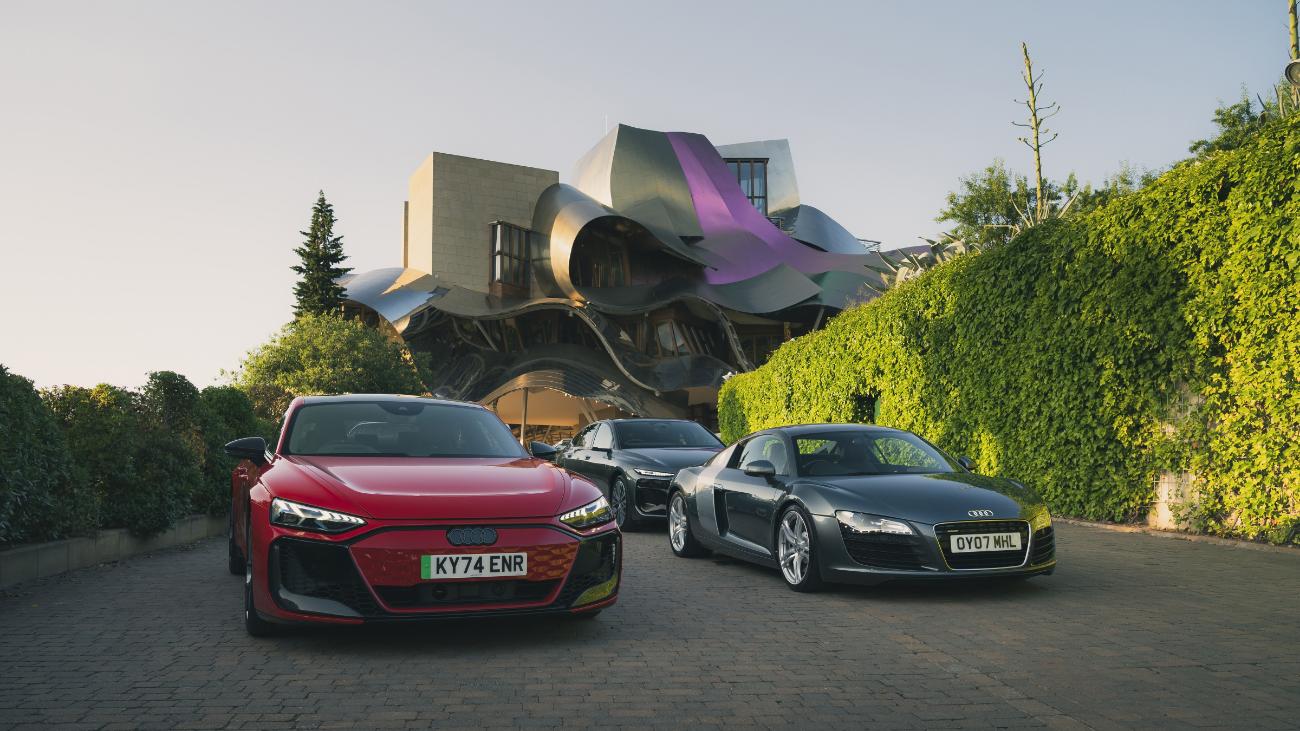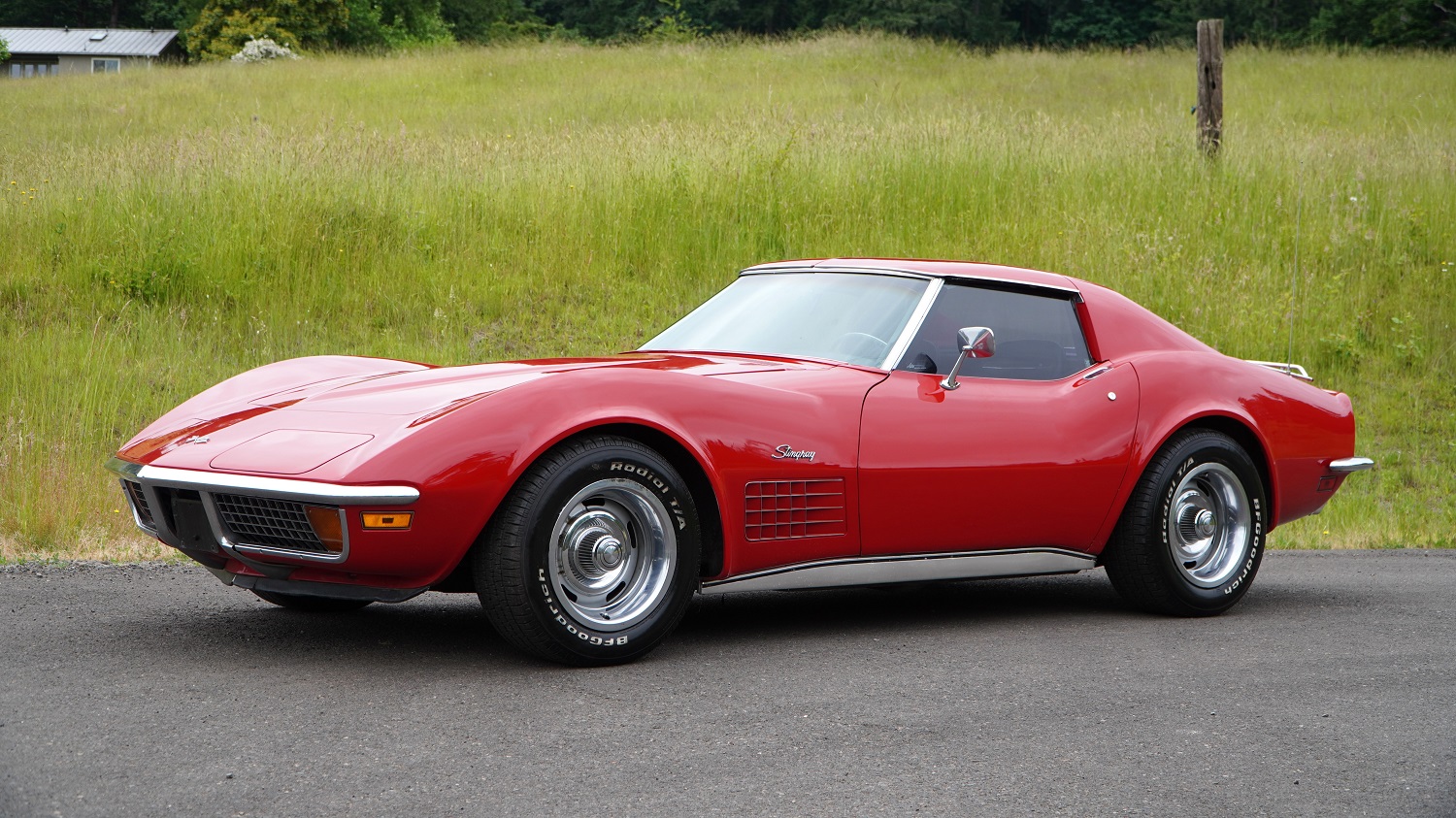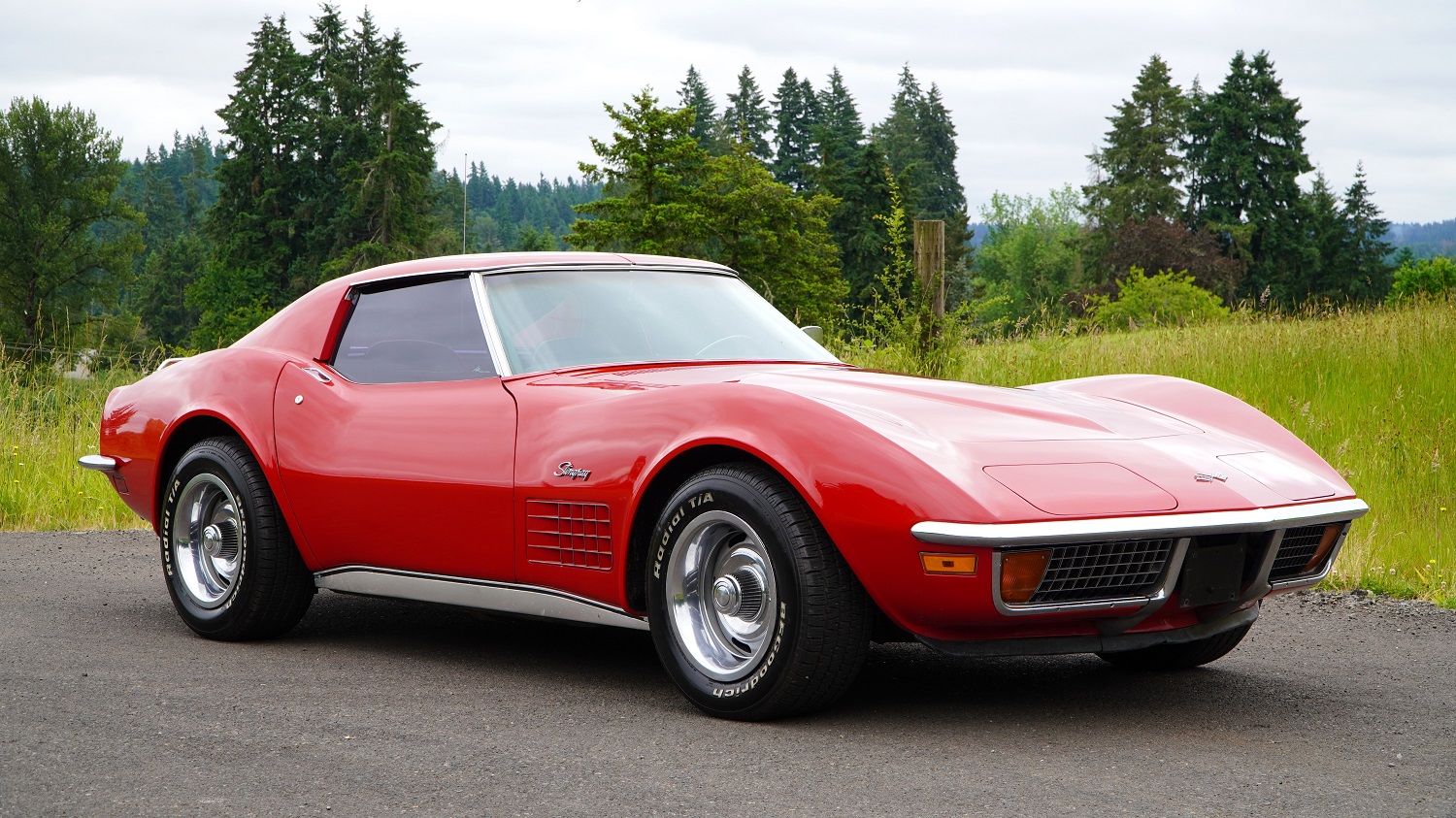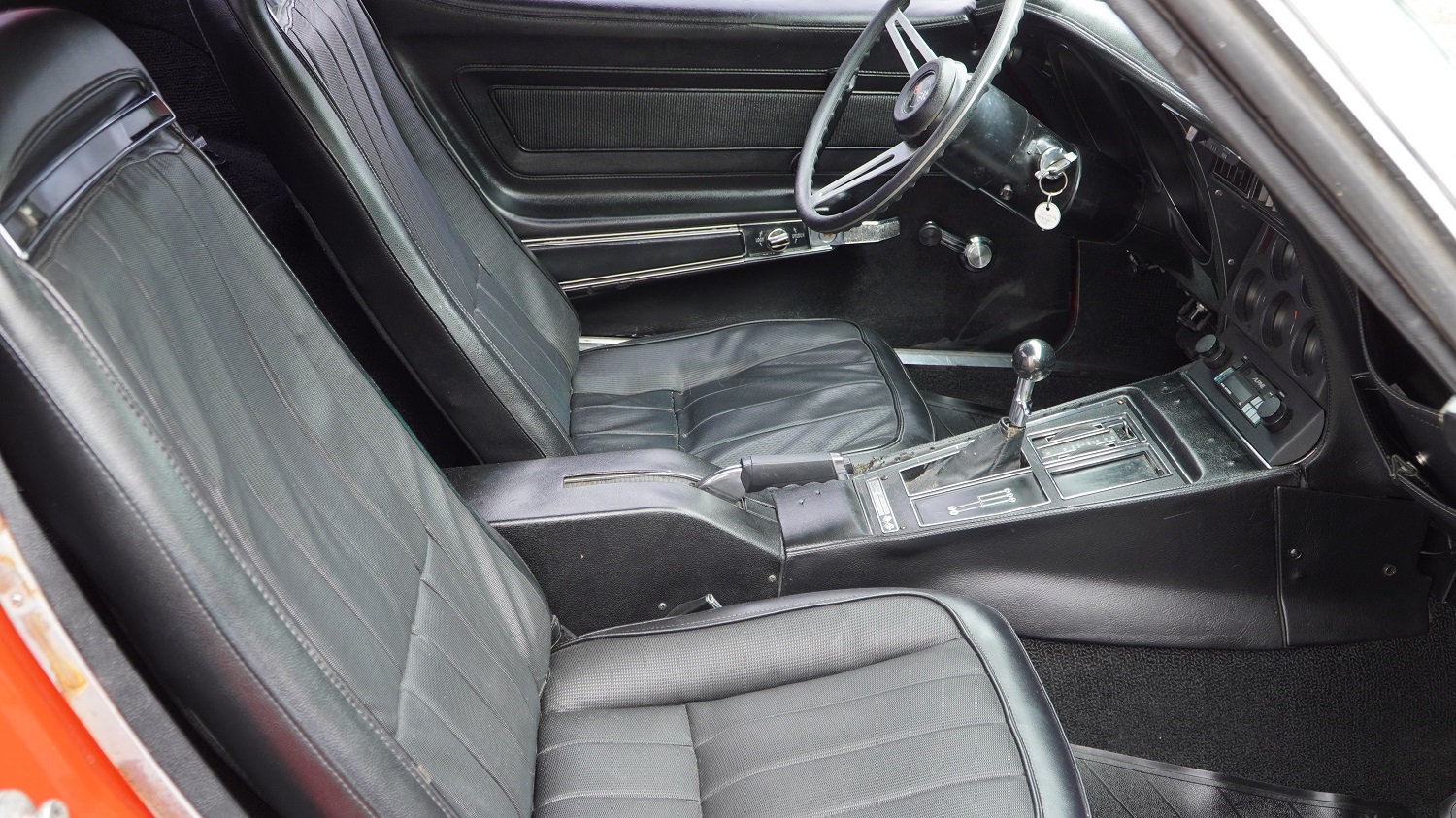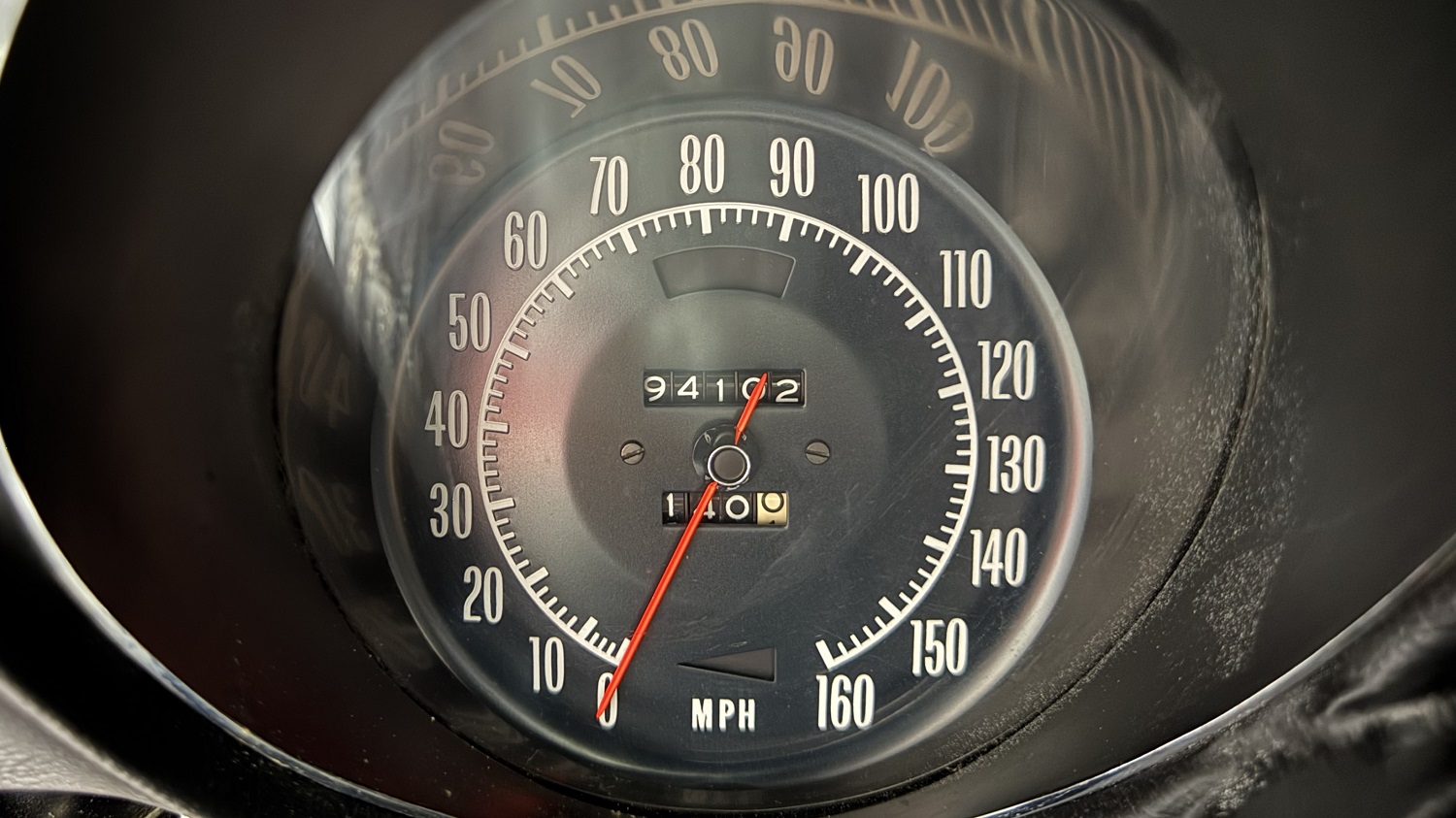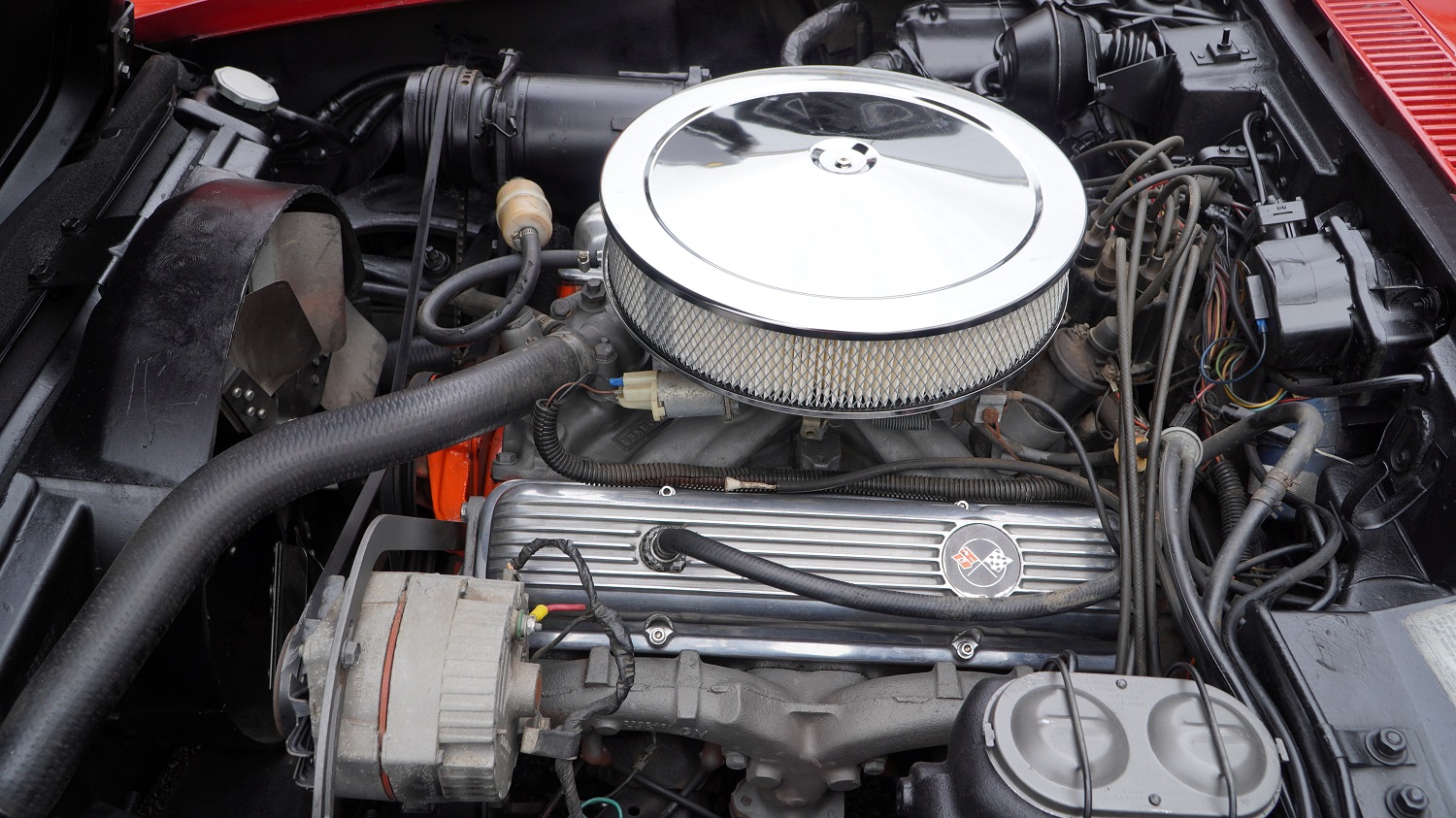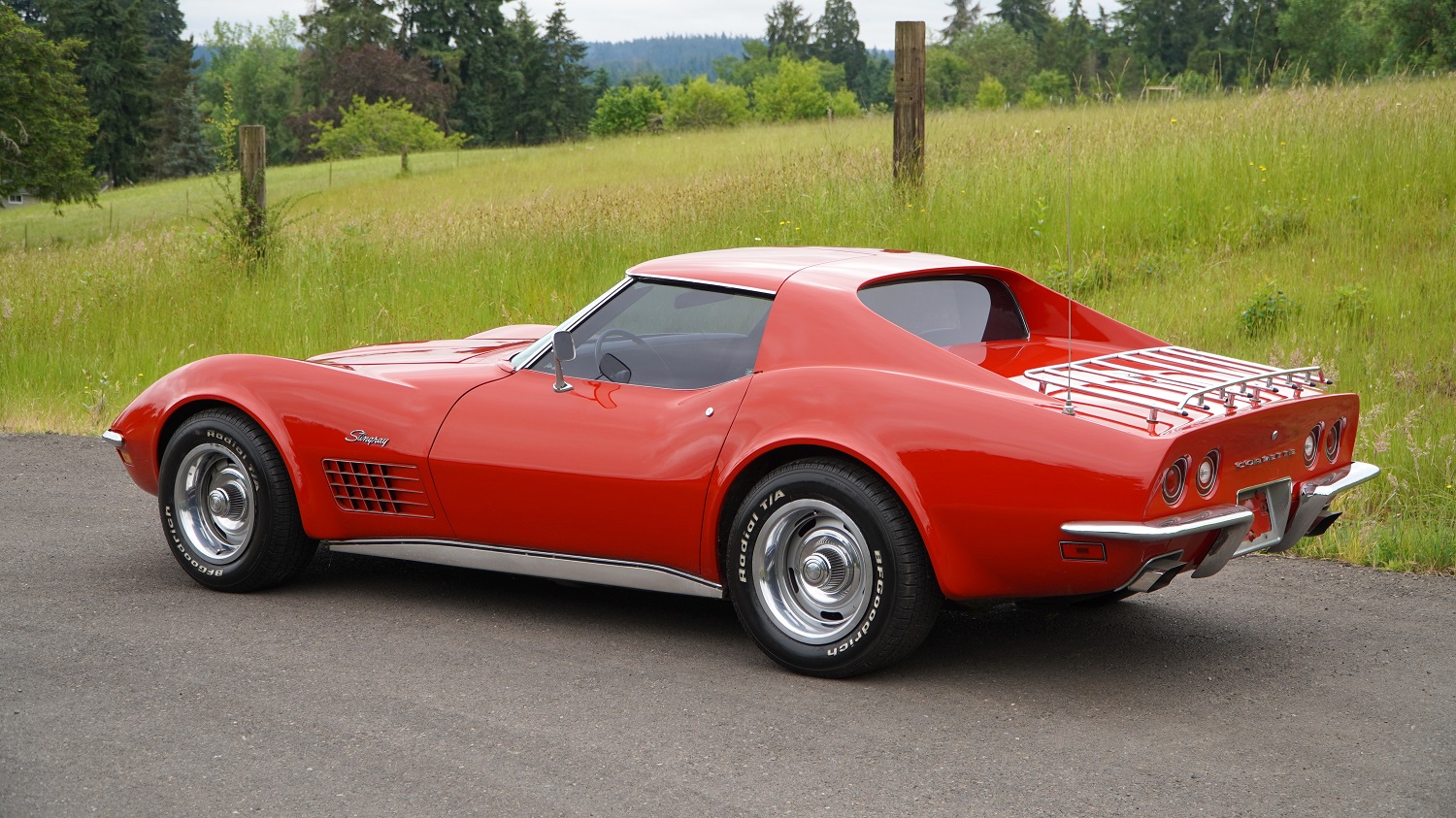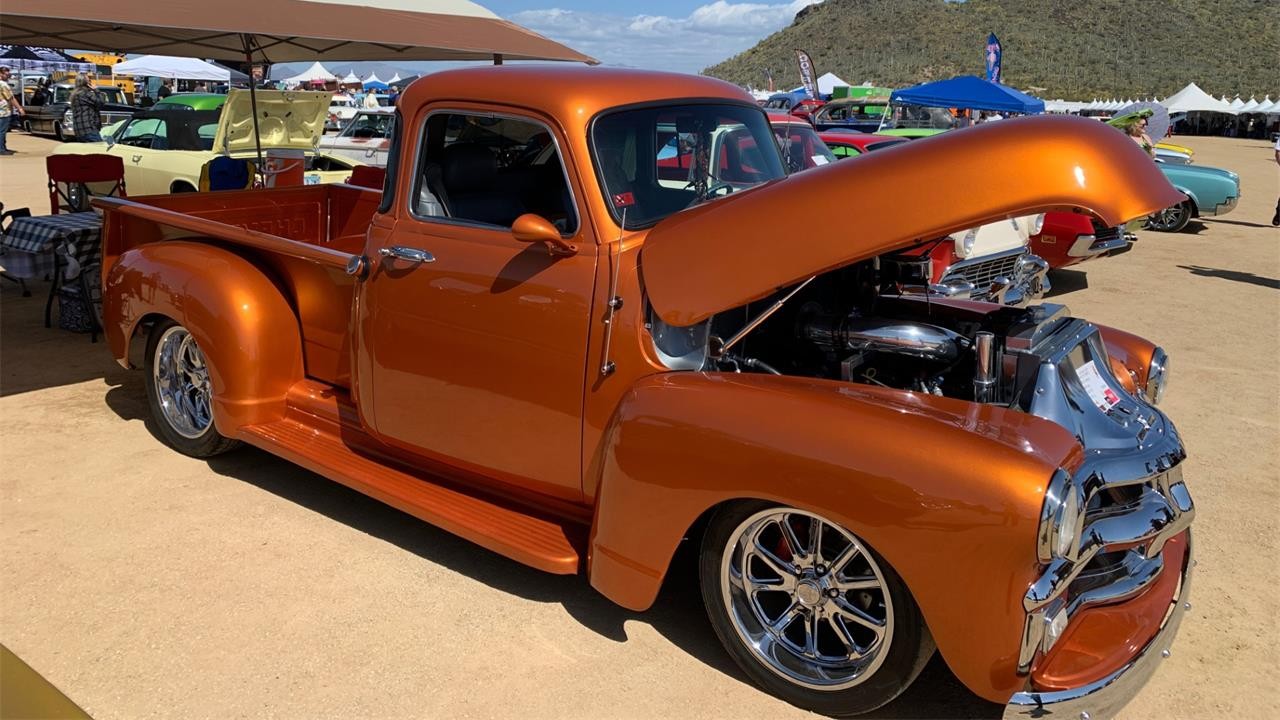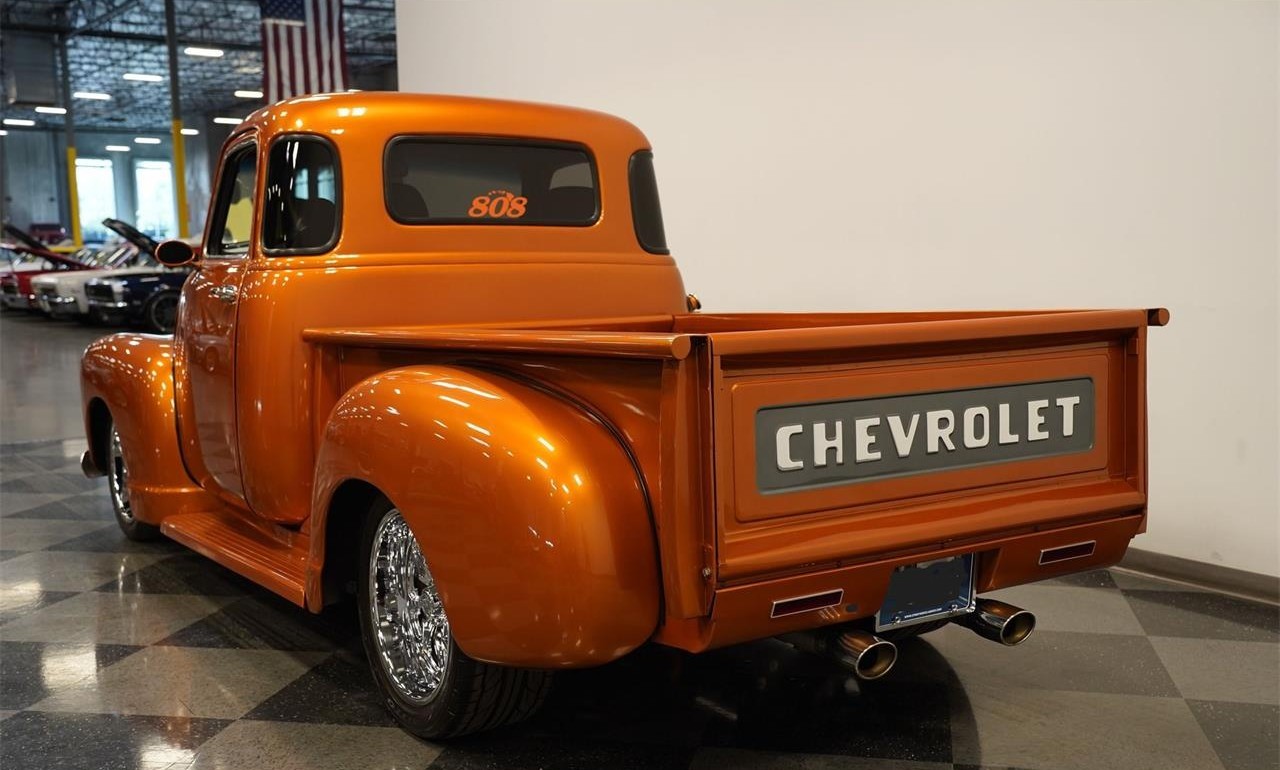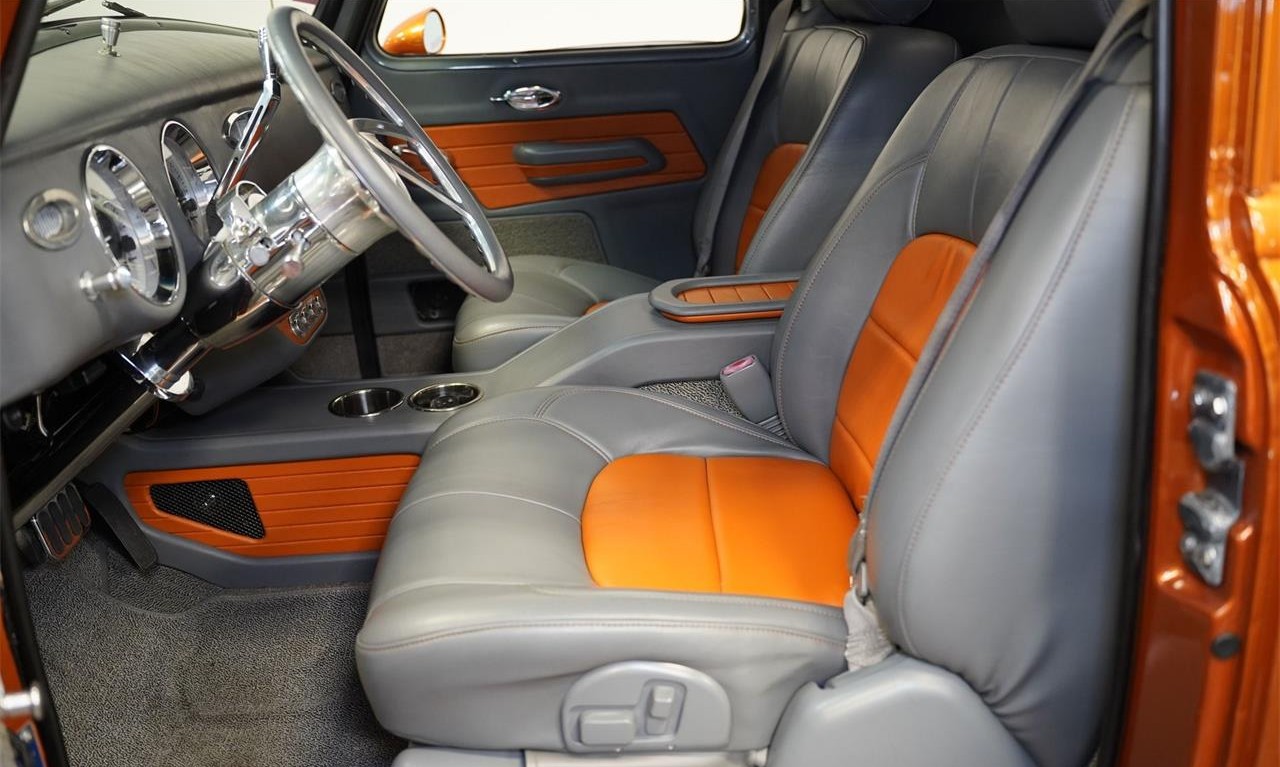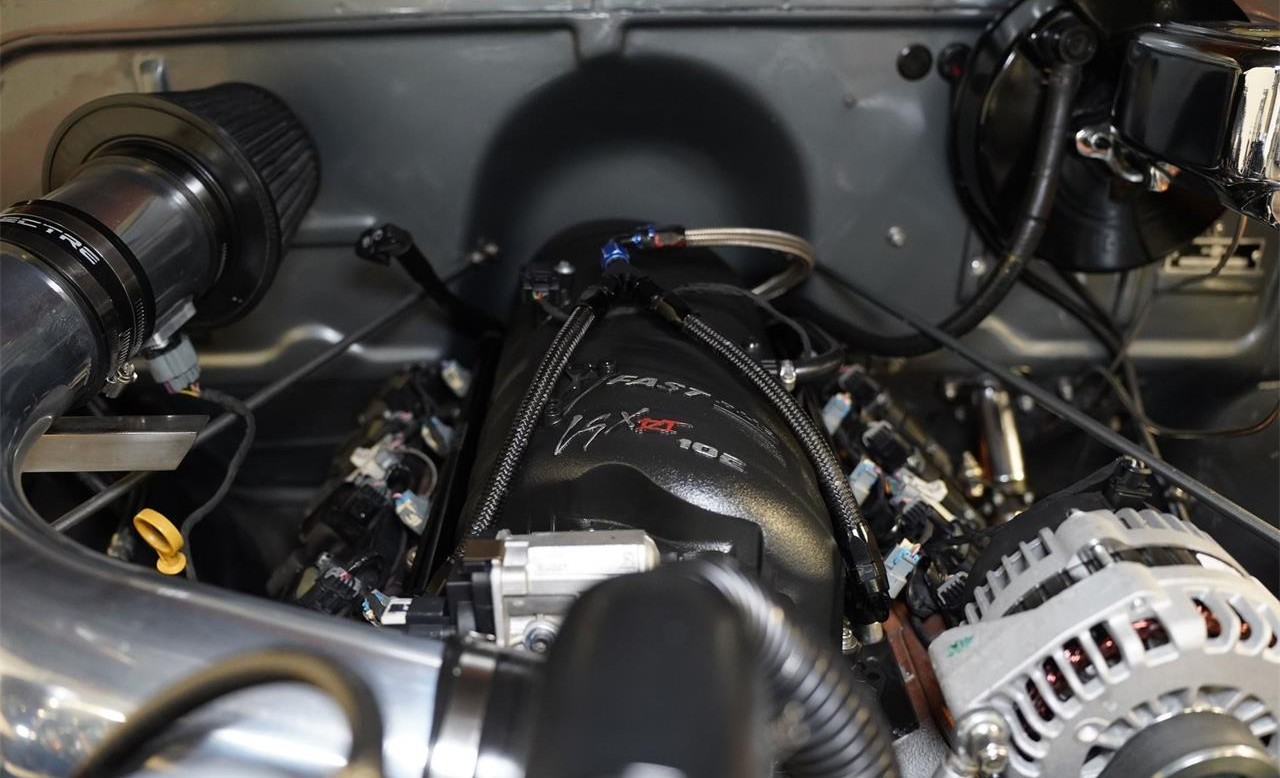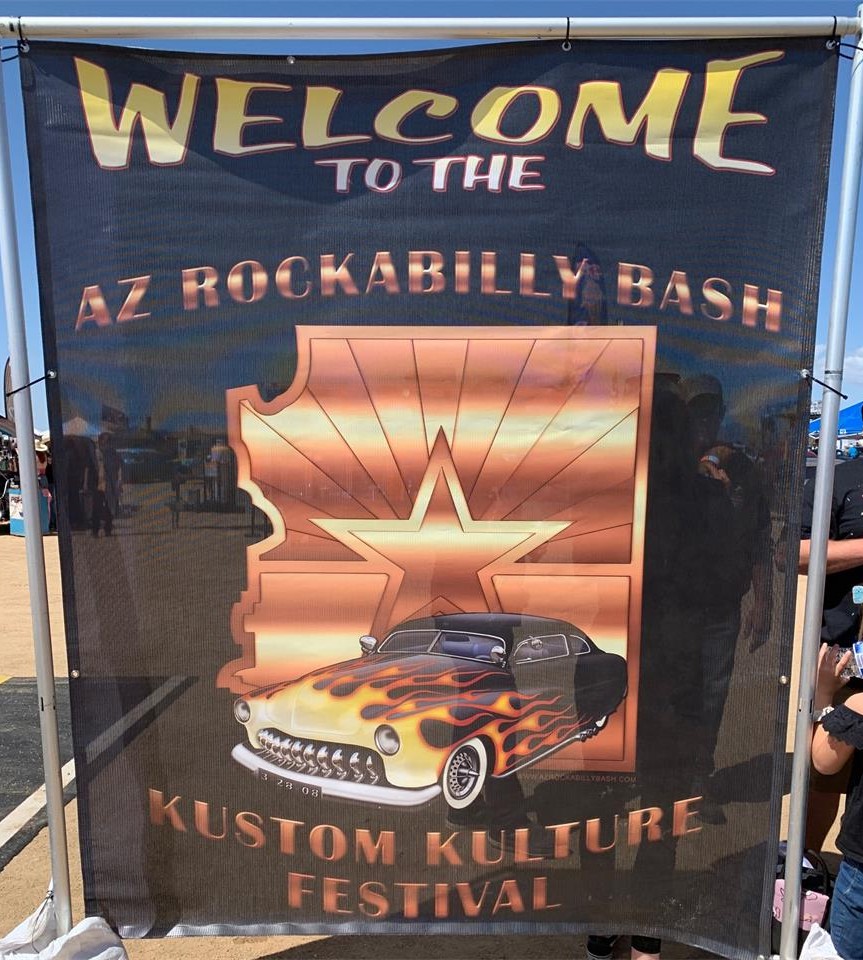No matter how much money you make, if you have a car, you can modify it in some way, even if that means just adding a K&N air filter or changing the wheels. Of course, the more you have in your wallet, the more you can upgrade your ride, especially when you have assistance from a major automaker such as General Motors. The following trio of GM restomods in Jay Leno‘s collection is proof.
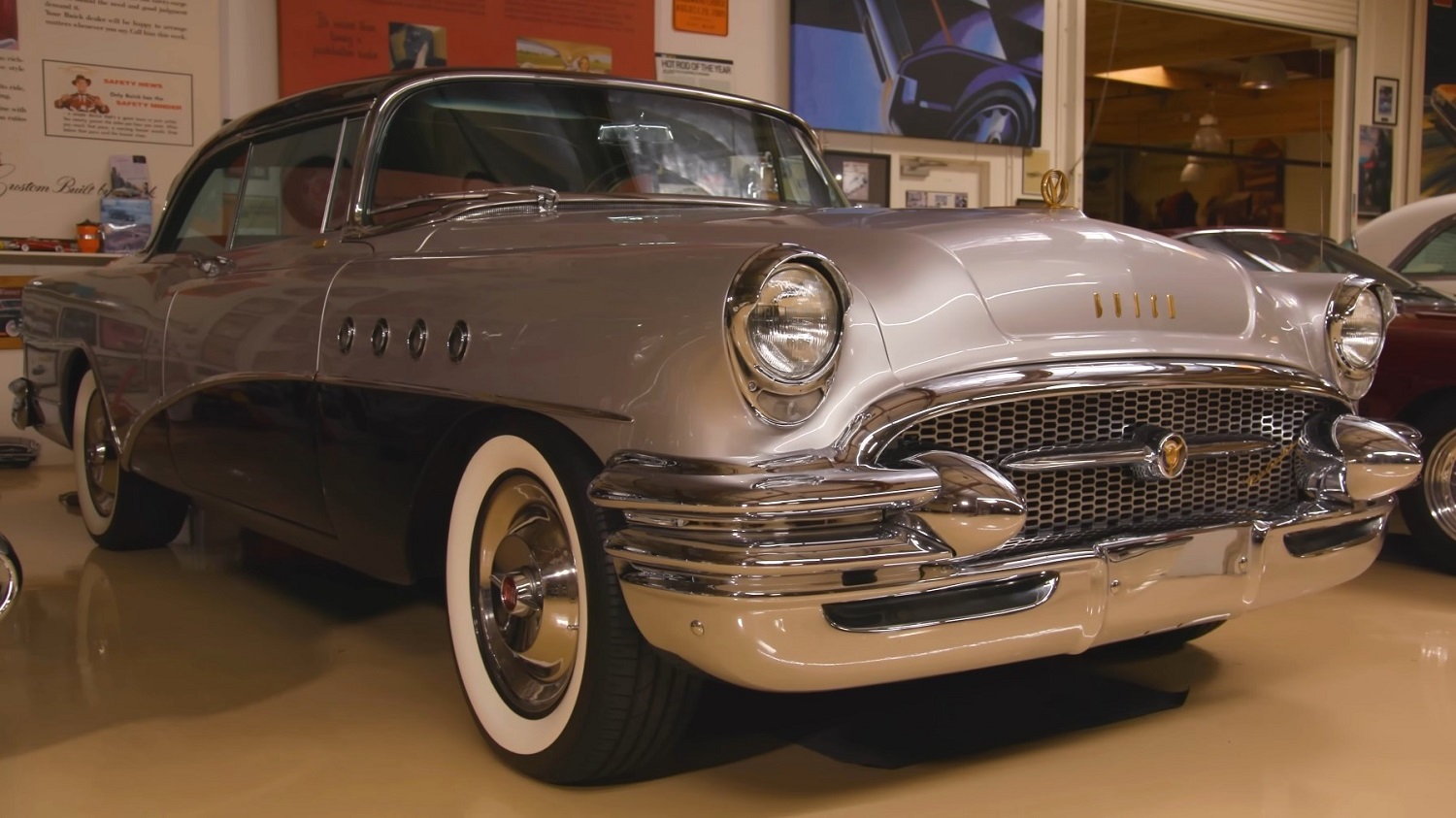
1955 Buick Roadmaster
This Buick was the first car Leno bought (for $345!) when he made the big move out to LA in the 1970s to further his comedy career. It was also a part of major moments in his life, serving as his home for a while in the early days, and the car he drove after marrying his wife Mavis. Like any car enthusiast, Leno was eventually attracted to other vehicles. He left this Roadmaster in his mother-in-law’s driveway for more than a decade before deciding to revive and upgrade it.
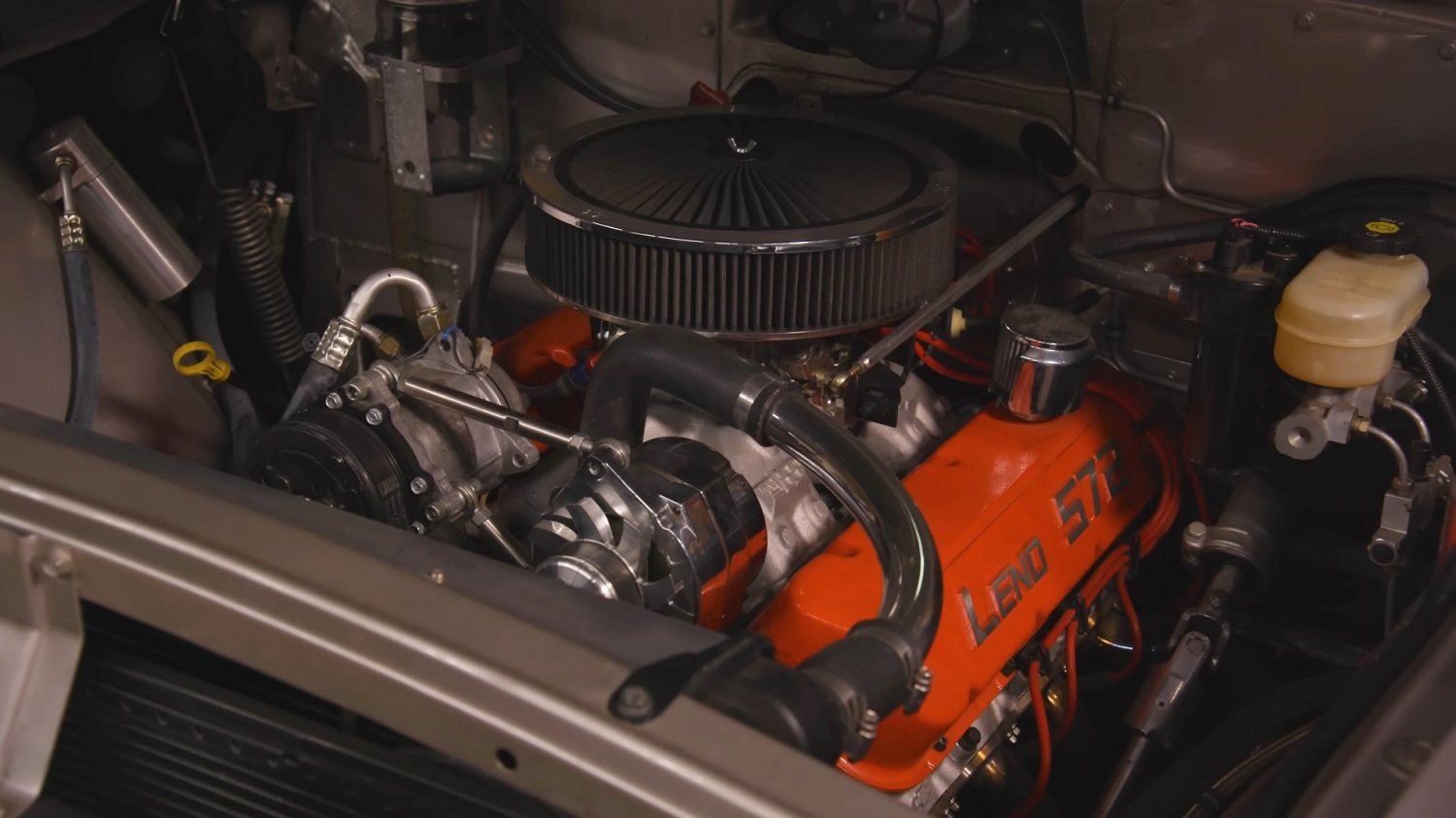
Thanks to help from Bob Lutz, GM’s former head of Global Product Development, and Tony Roma, the company’s current executive chief engineer for the global Corvette and performance cars team, Leno was able to completely rework it into a seriously powerful C-body. They combined a 572ci V8 crate motor with a 4L80E four-speed auto, and the suspension from the C5 Corvette, creating one of Leno’s favorite cars. We’re also fans because it maintains its vintage style and charm despite having a lot of modern hardware.
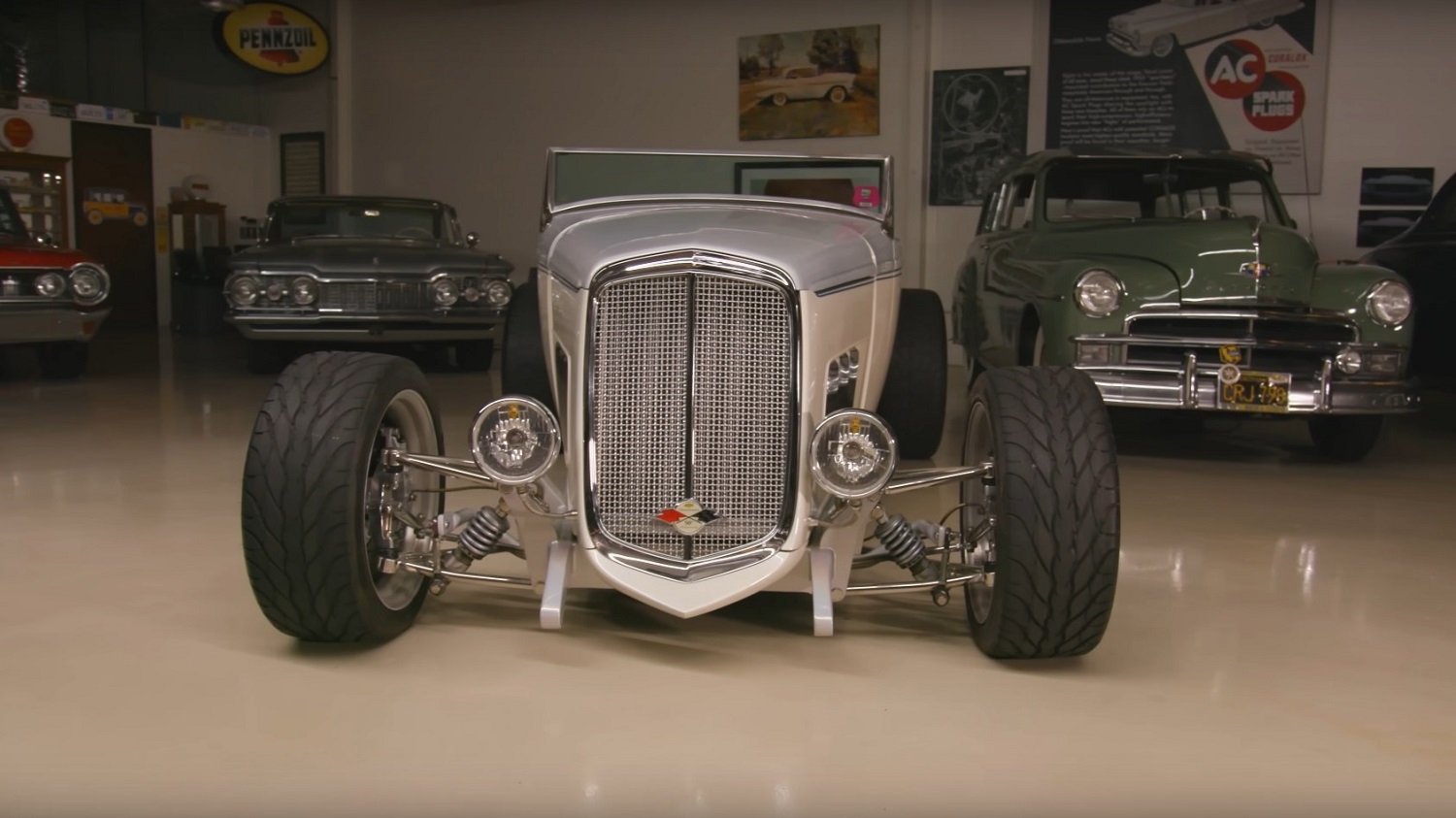
1932 Bowtie Deuce Roadster
Who said Chevrolet and Ford can’t coexist? This custom has a 1934 Chevy chassis topped with a 1932 Ford body, all powered by a Chevy LS7 V8 crate engine connected to a six-speed manual gearbox.
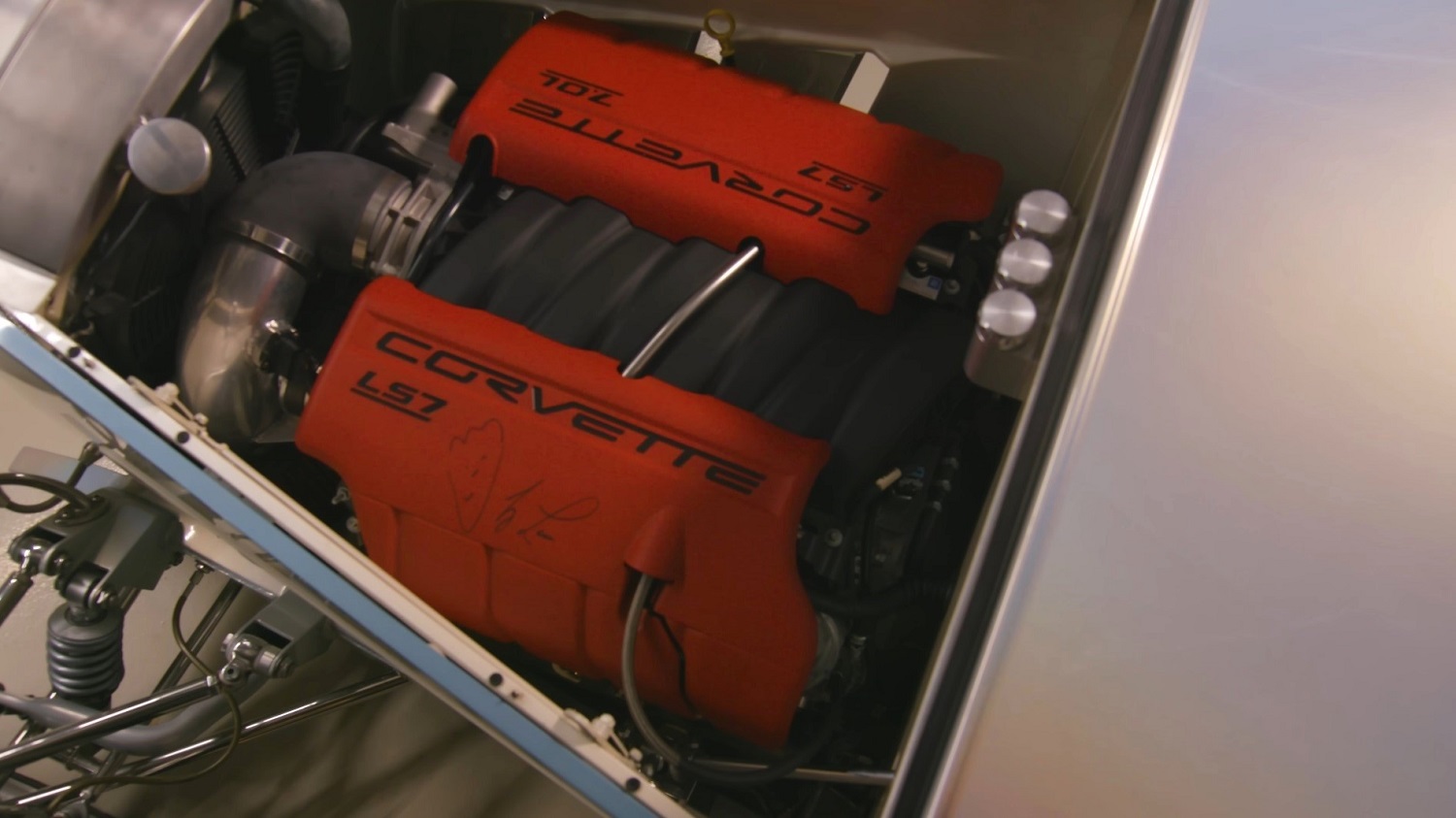
If that’s a bit confusing (or blasphemous), just focus on the end result of all that cross-breeding: 600 horsepower.
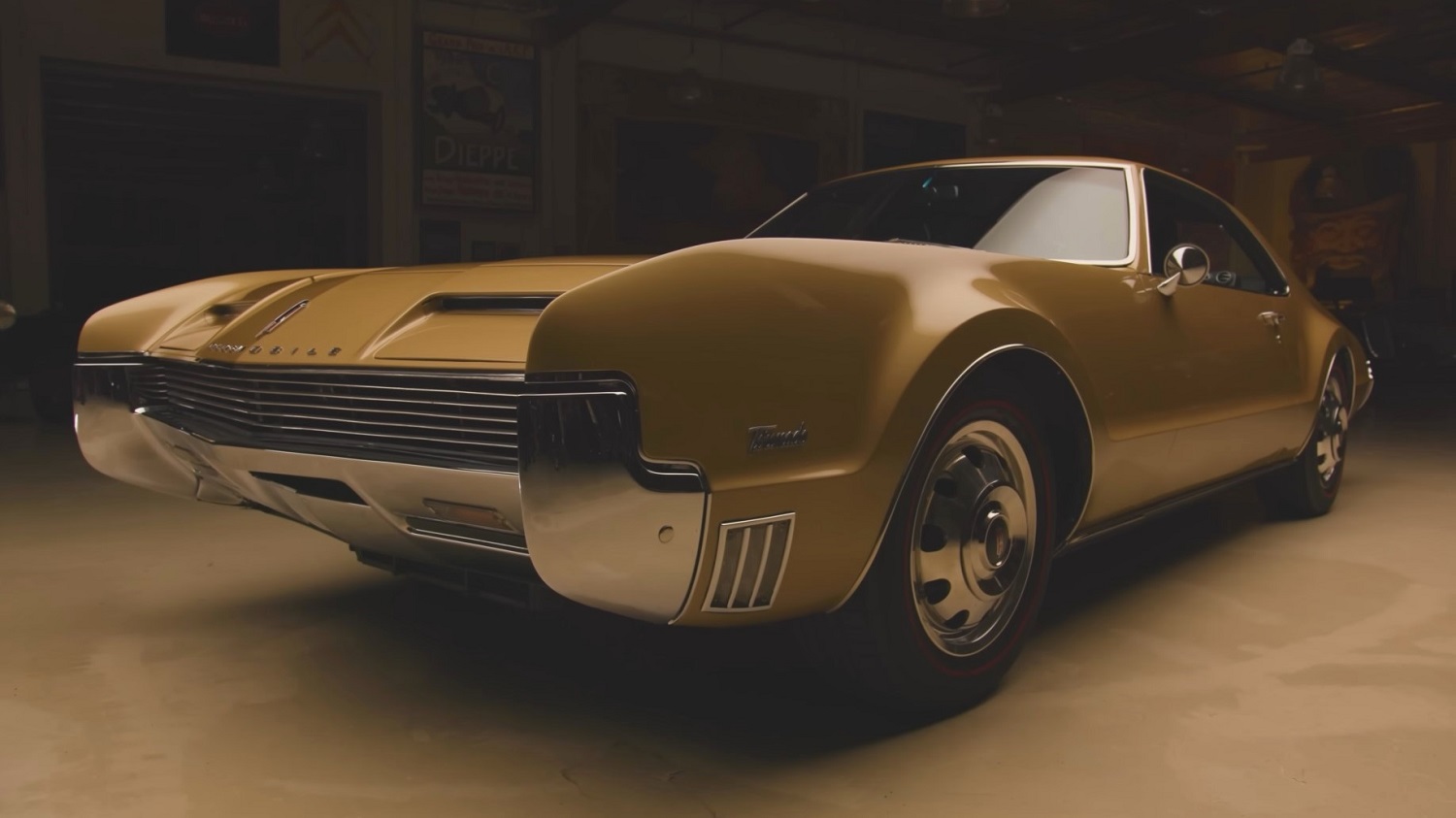
1966 Oldsmobile Toronado
On paper, a “gold, front-wheel-drive Oldsmobile” probably sounds pretty tame, if not outright boring. But in the metal, this Olds is miles away from dull. Leno had a custom chassis created for his Toronado restomod, and converted the car to rear-wheel drive.
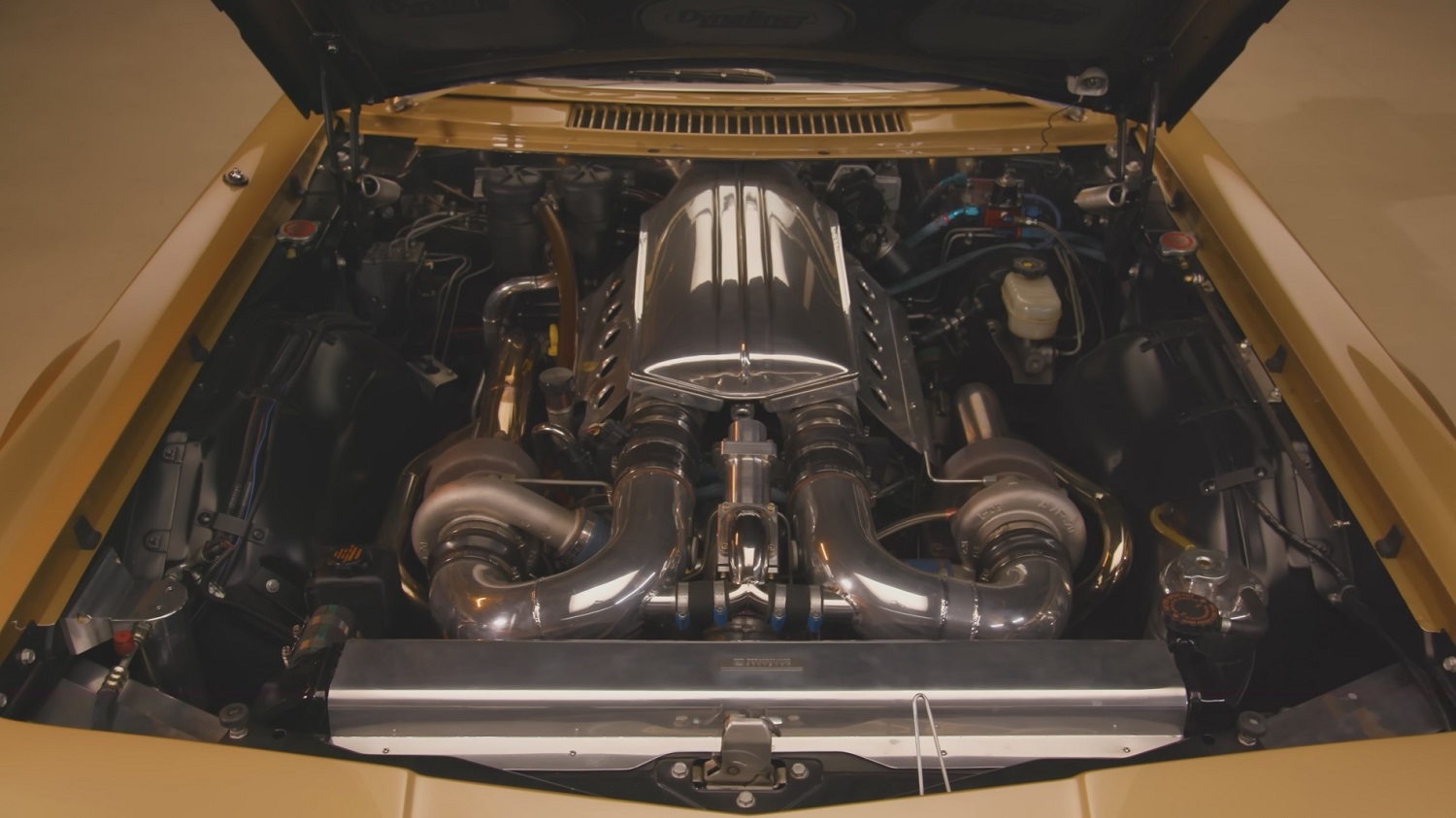
Why? Because the power he had in mind would’ve been too much for the front end to handle. In fact, it proved to be more than Lingenfelter’s dyno could take because the 1,000-horsepower twin-turbo 427 broke it. Roma seems to have no trouble keeping the Toronado’s nose pointed straight down the road ahead—even when he lets all of those horses under the hood run wild.
